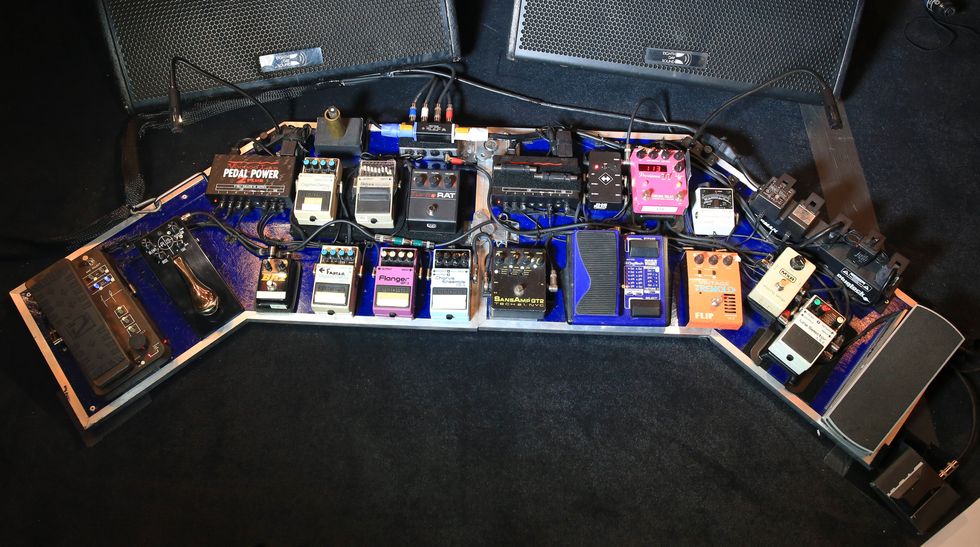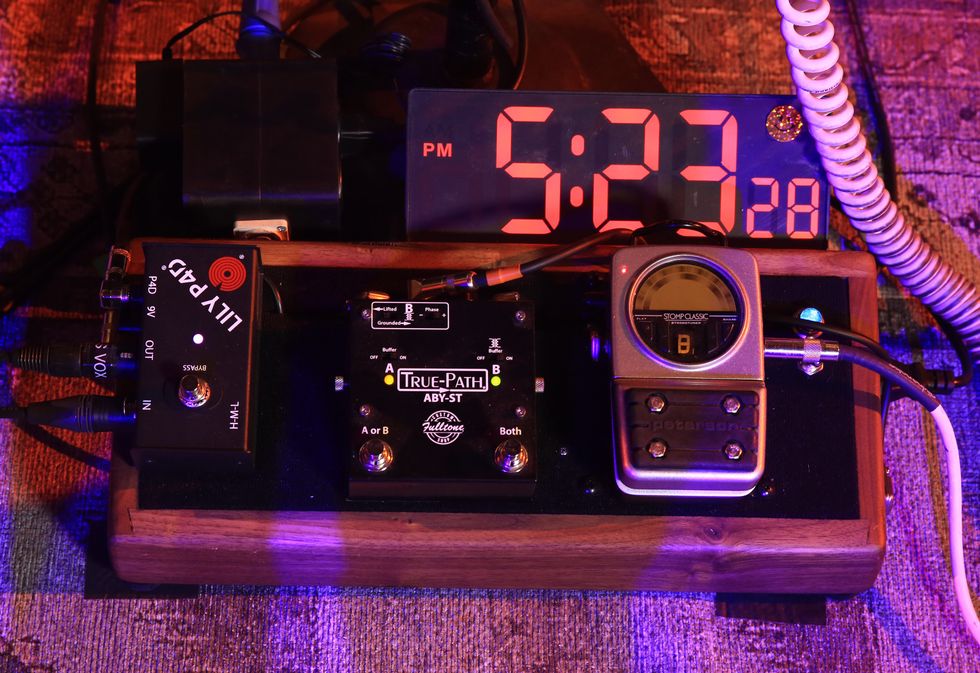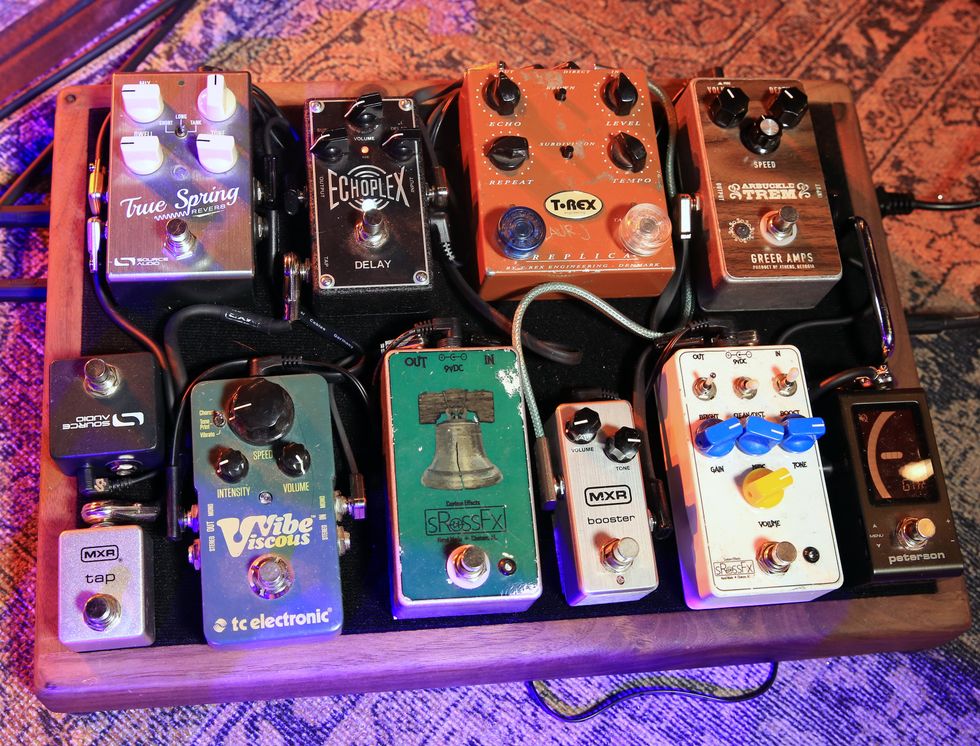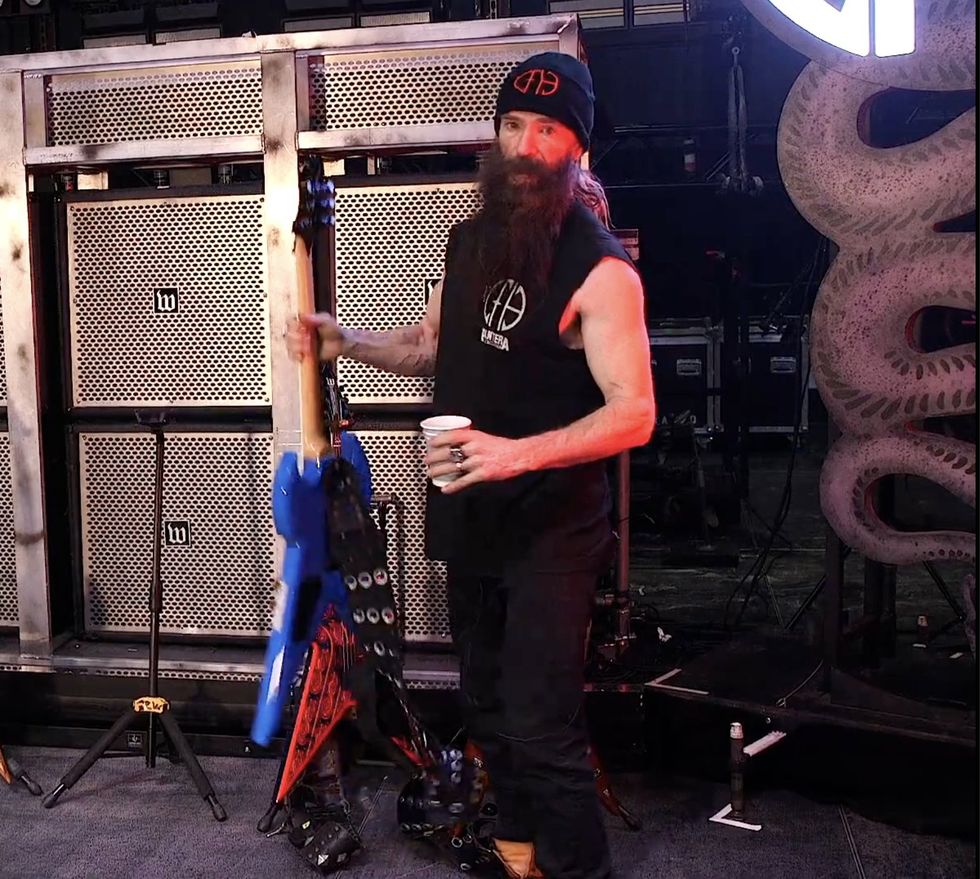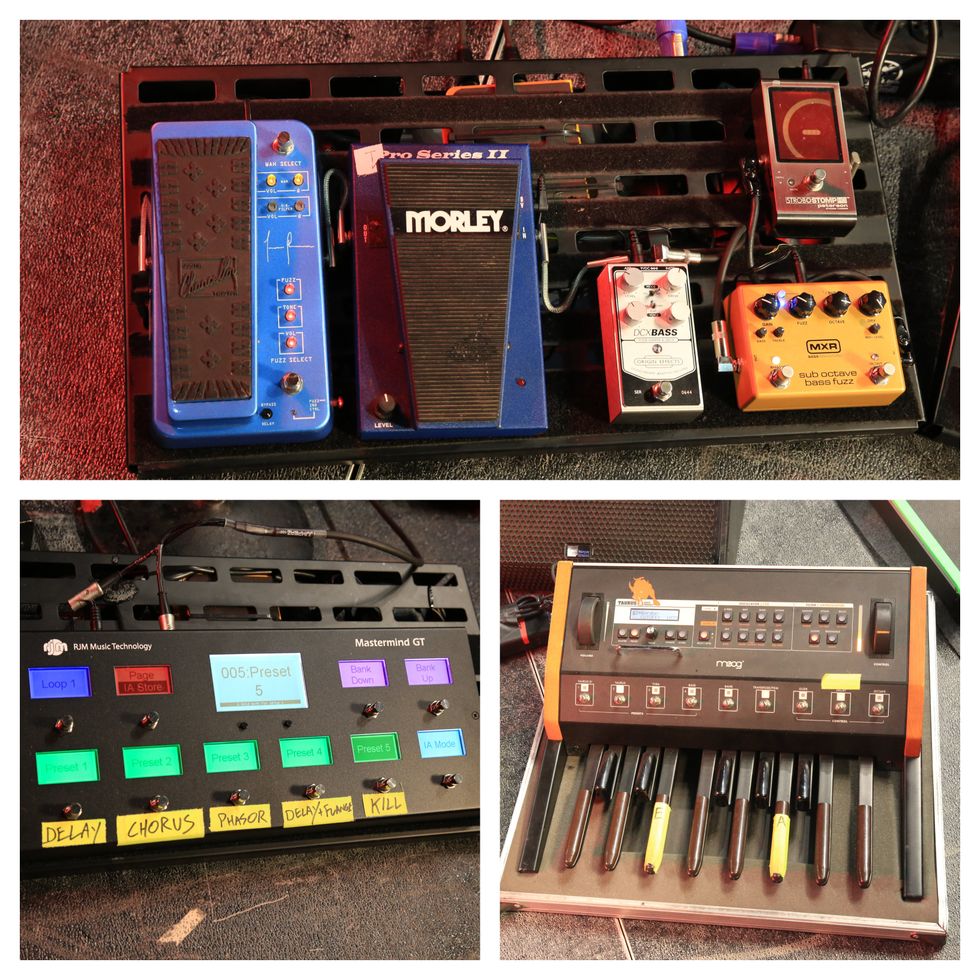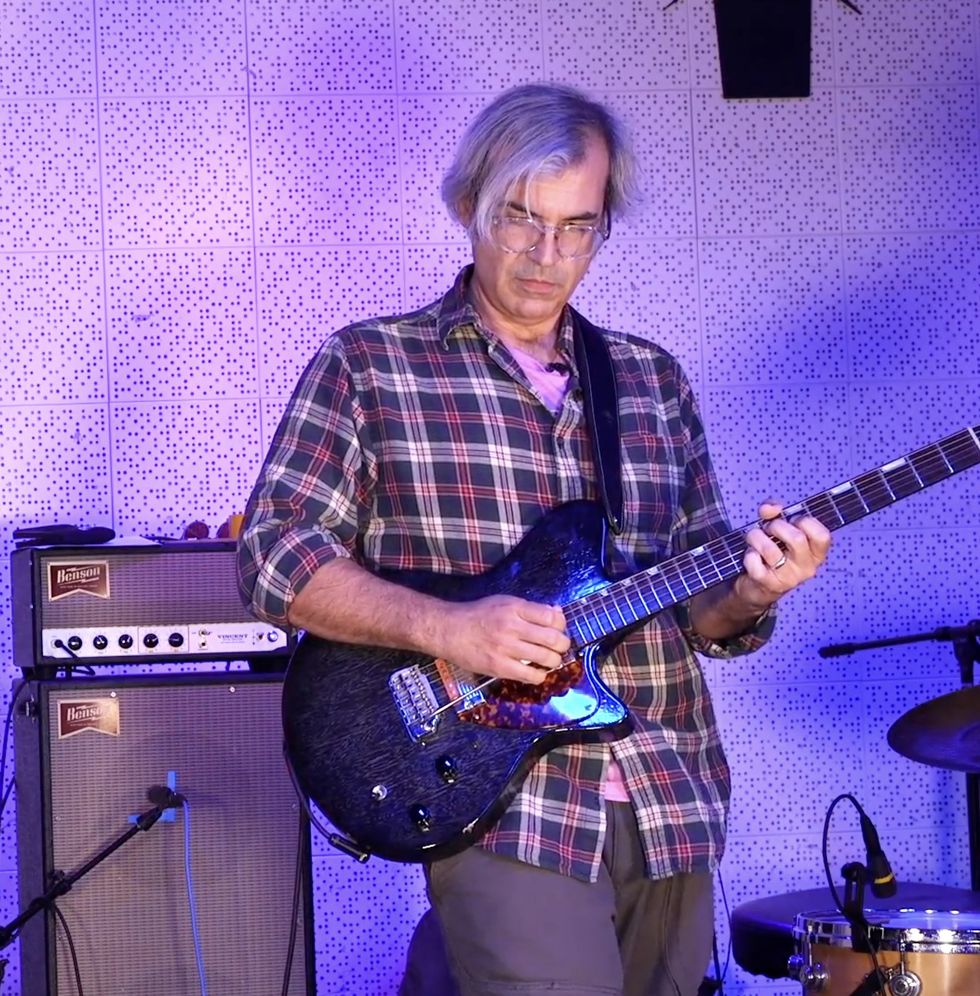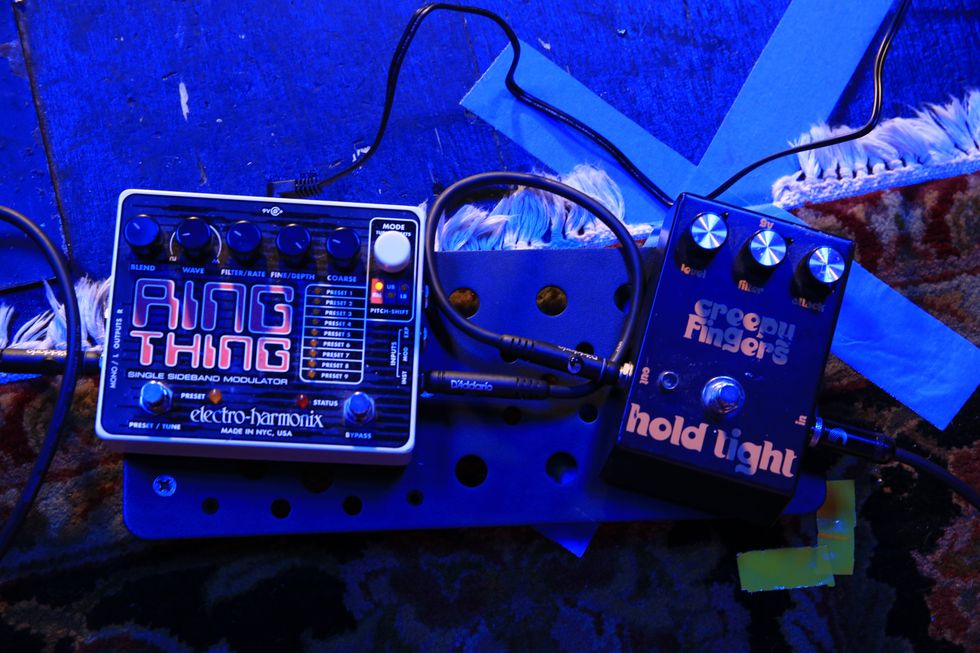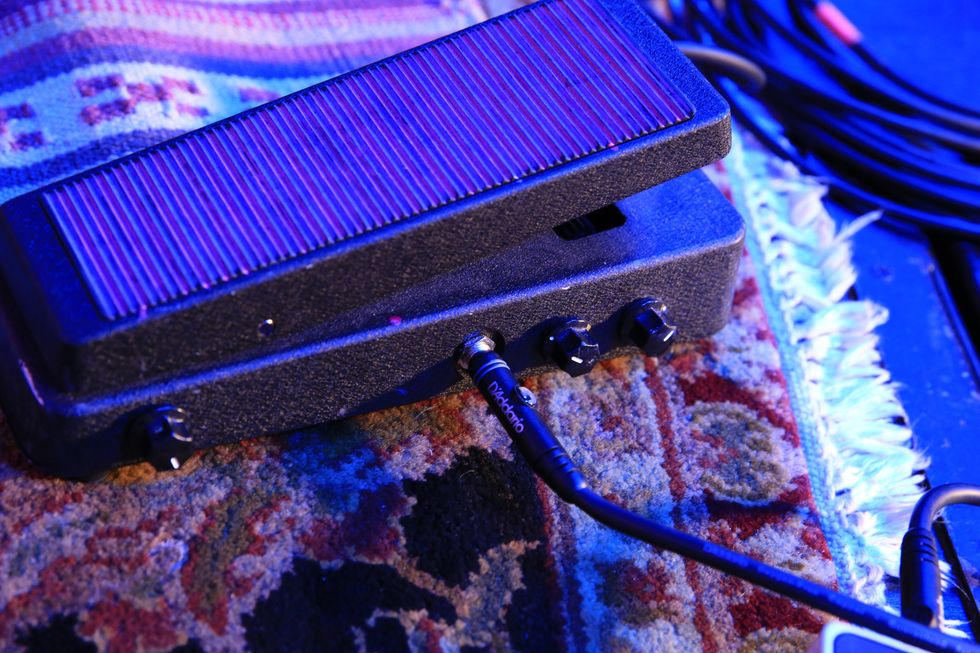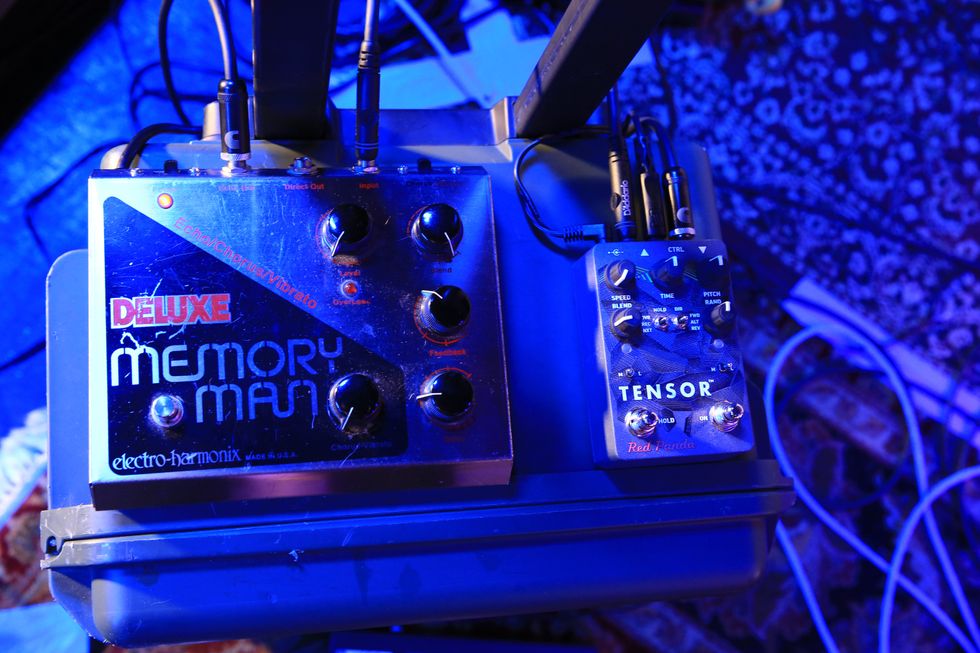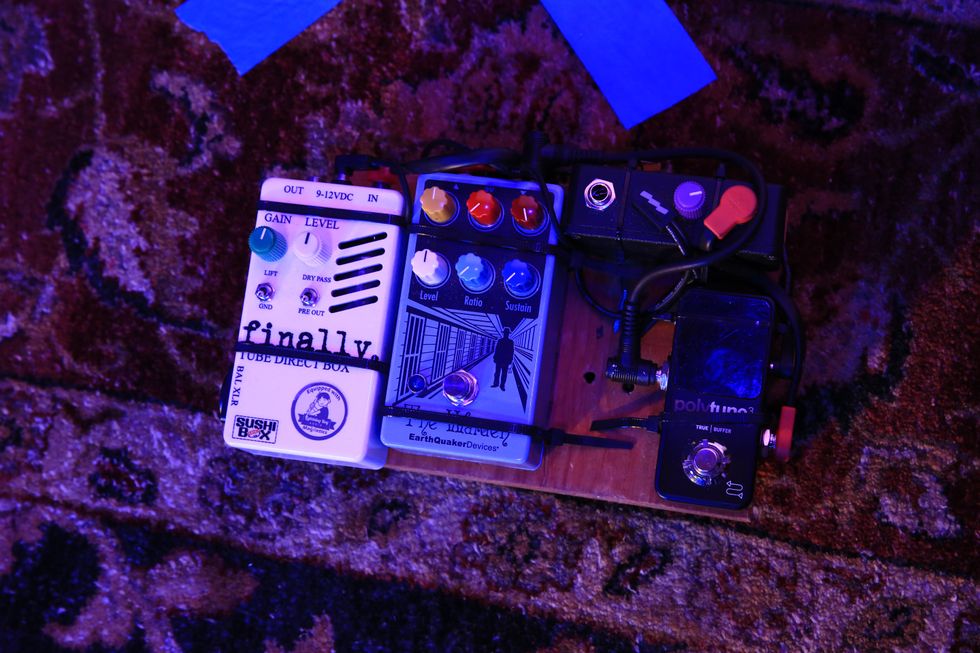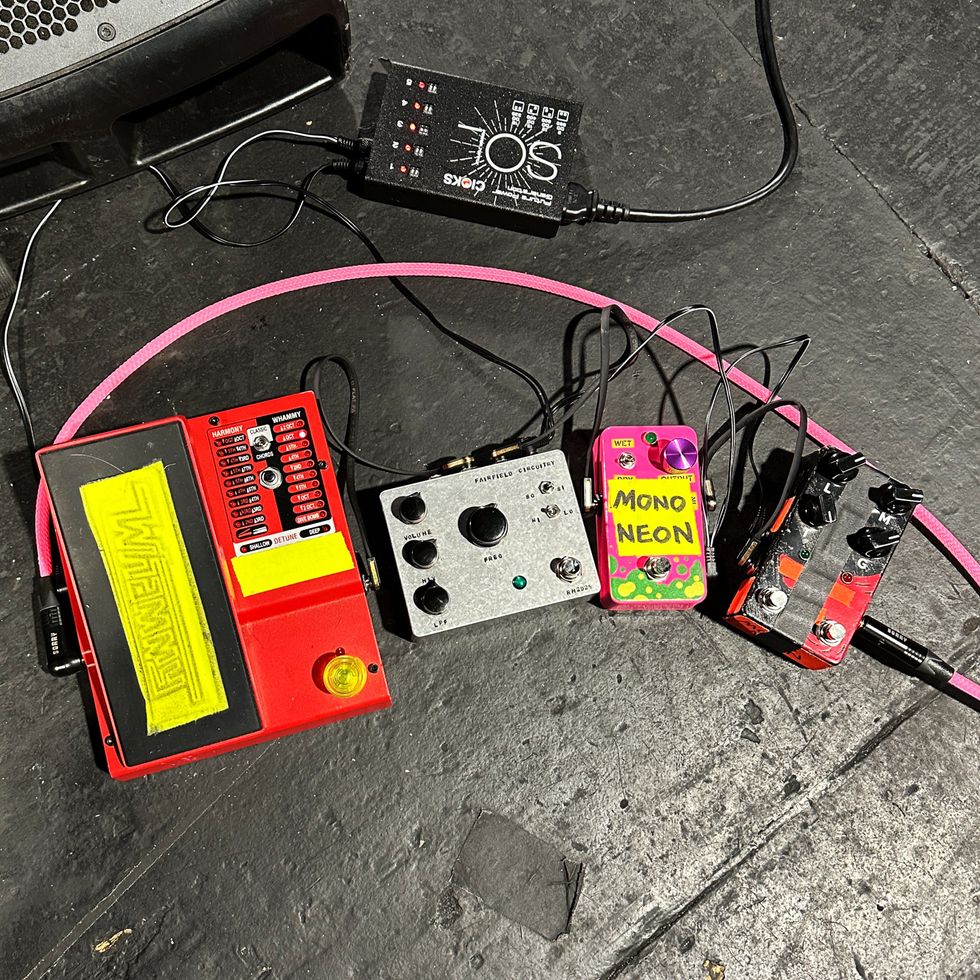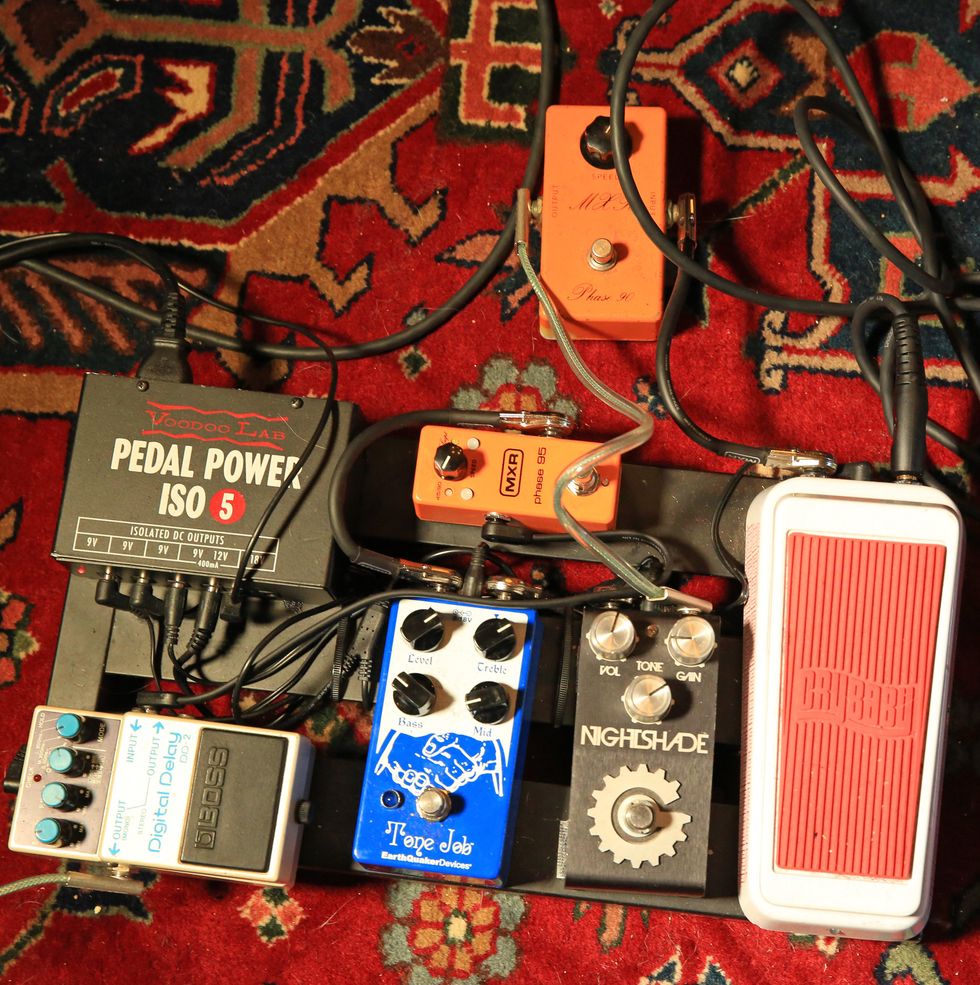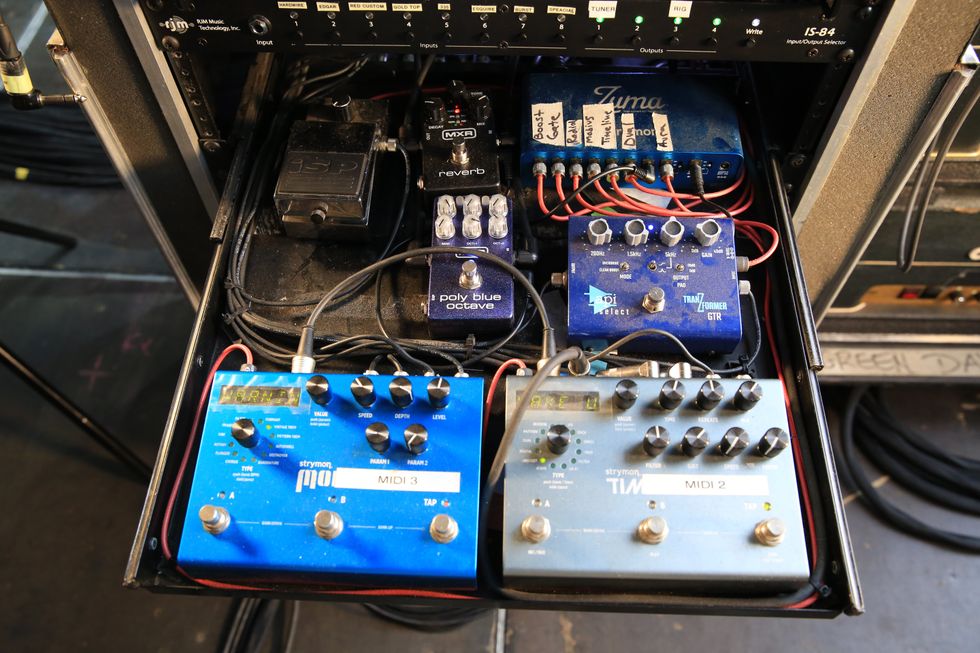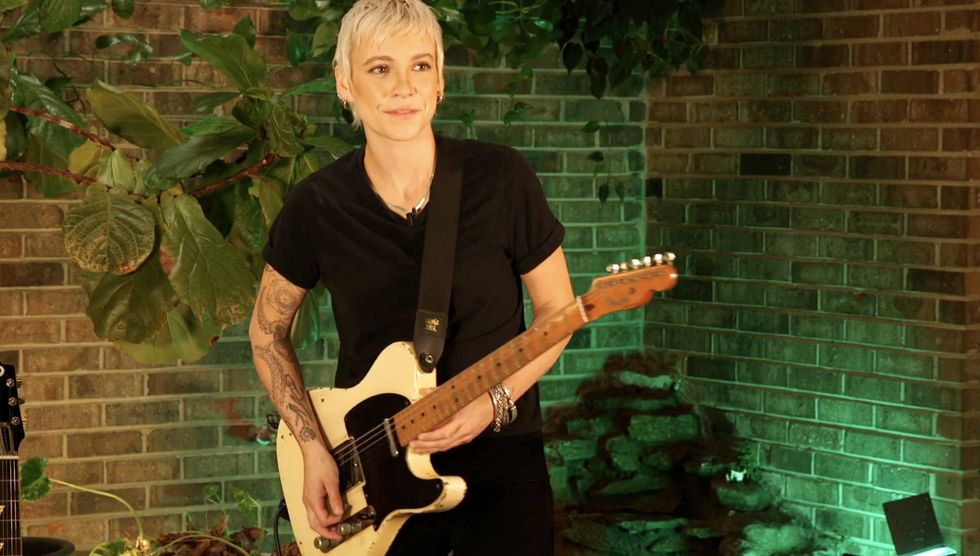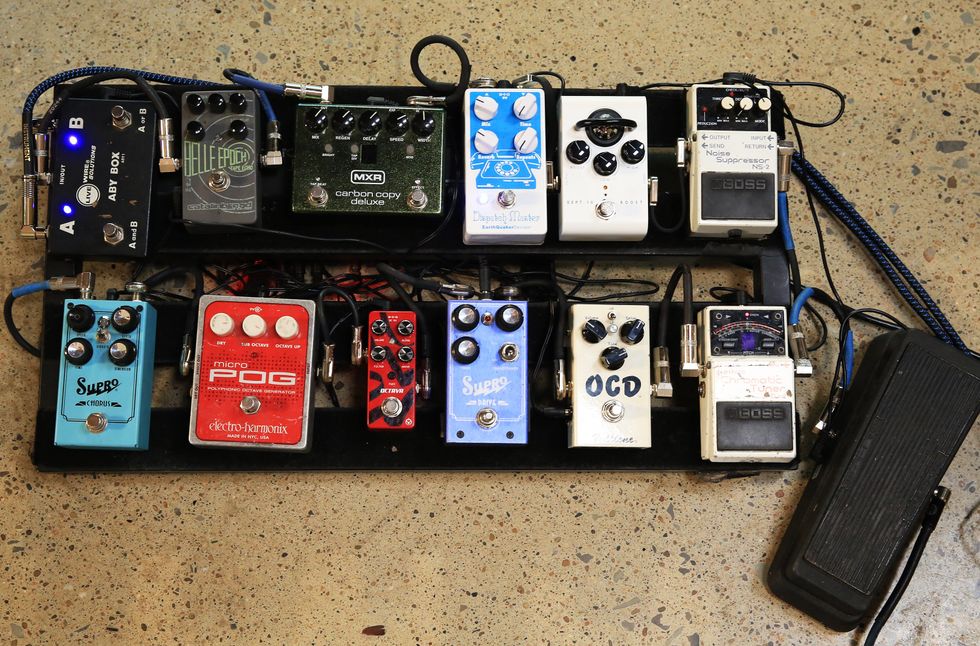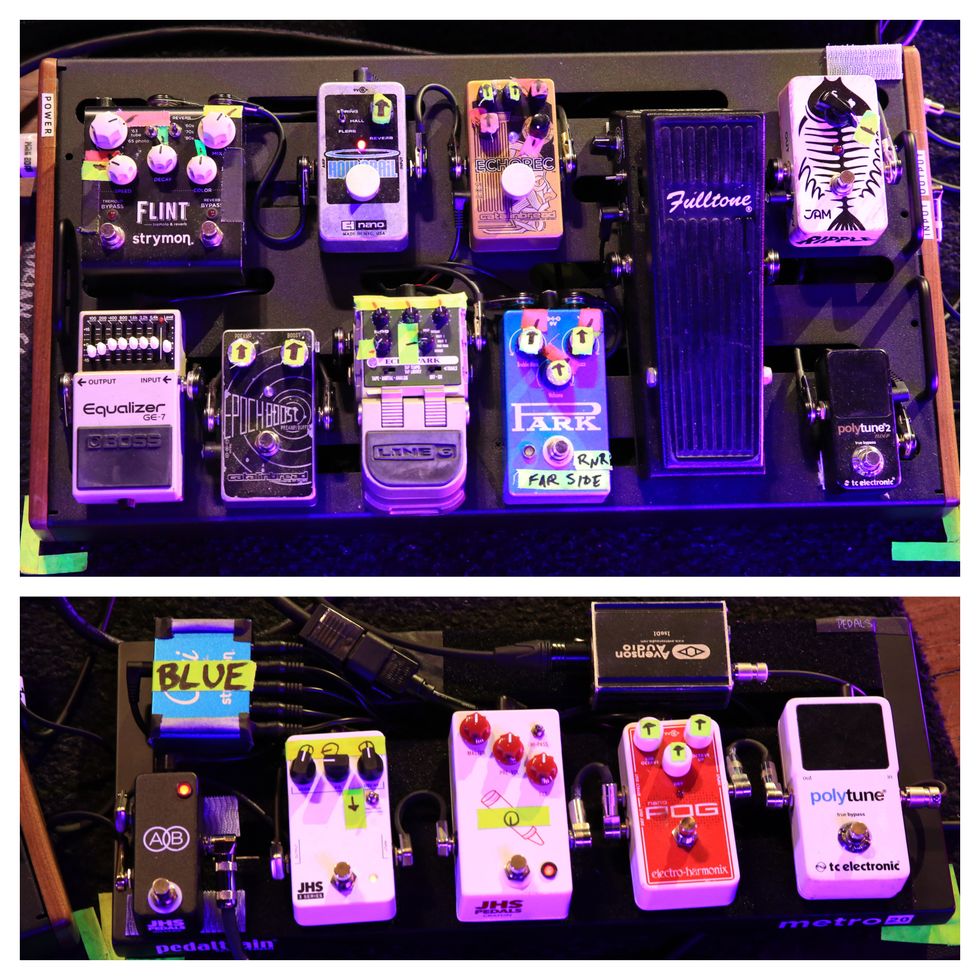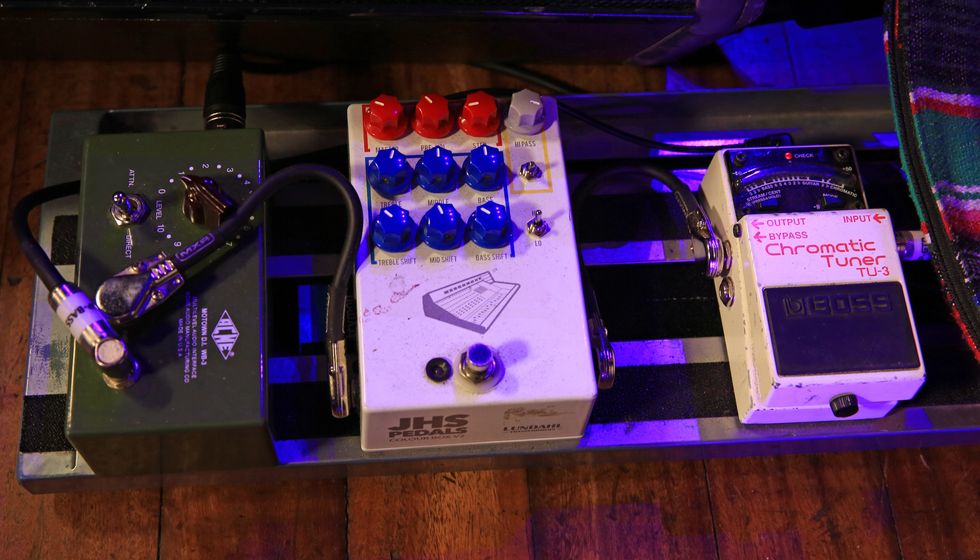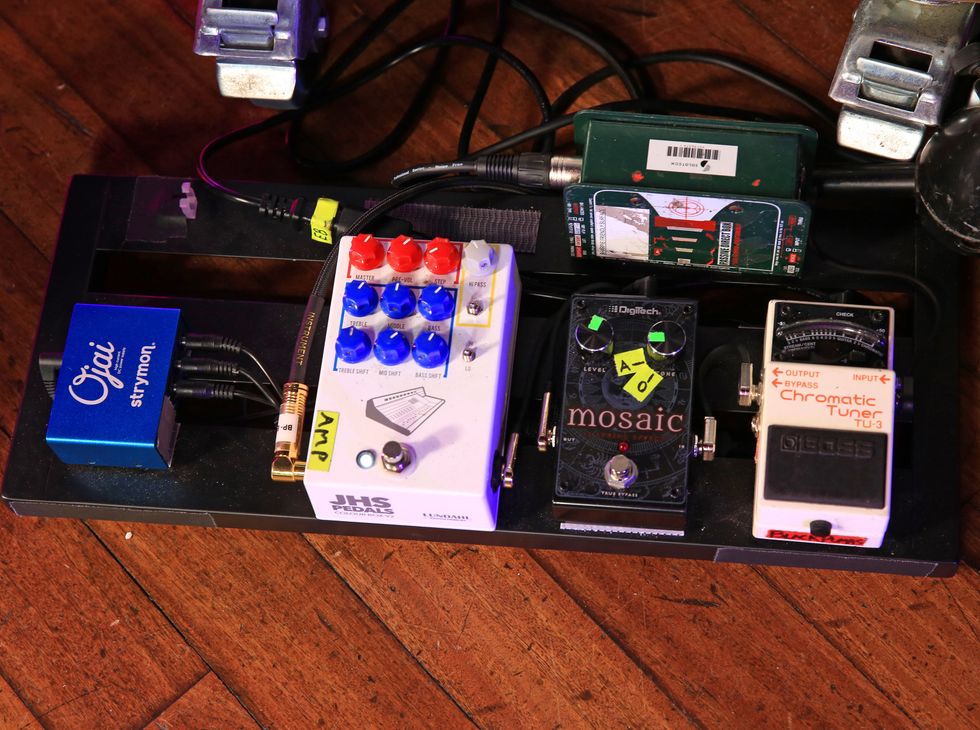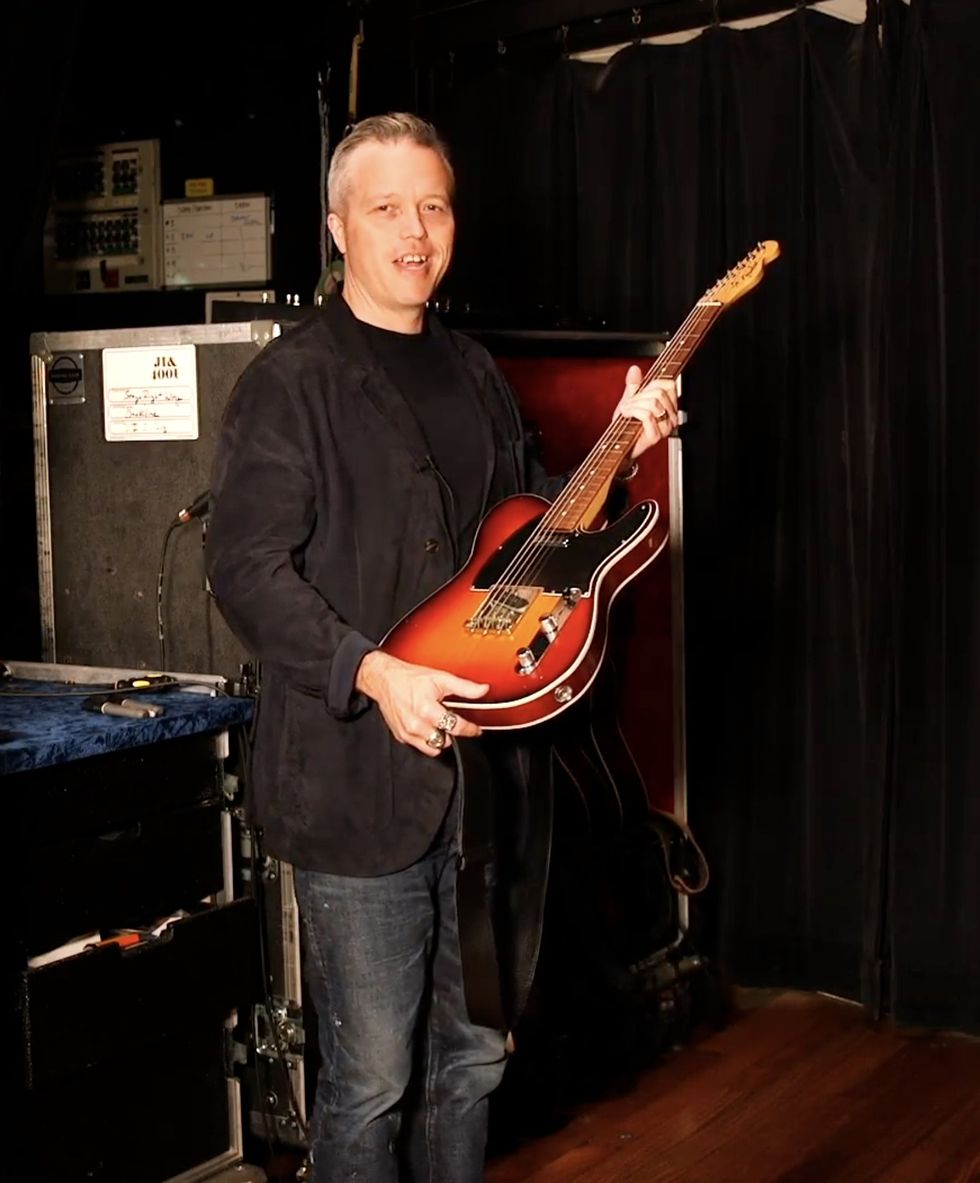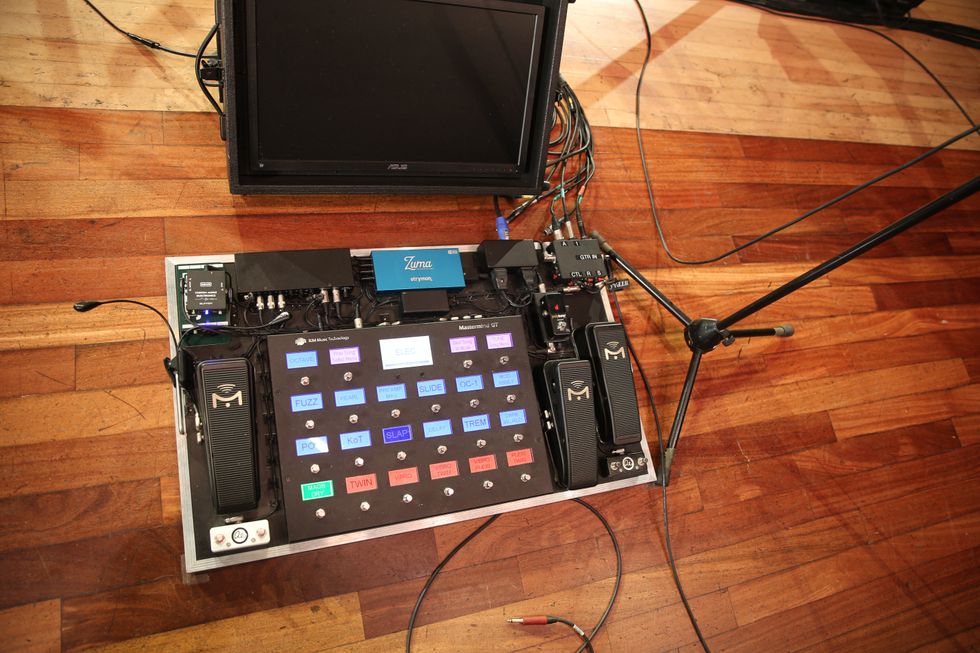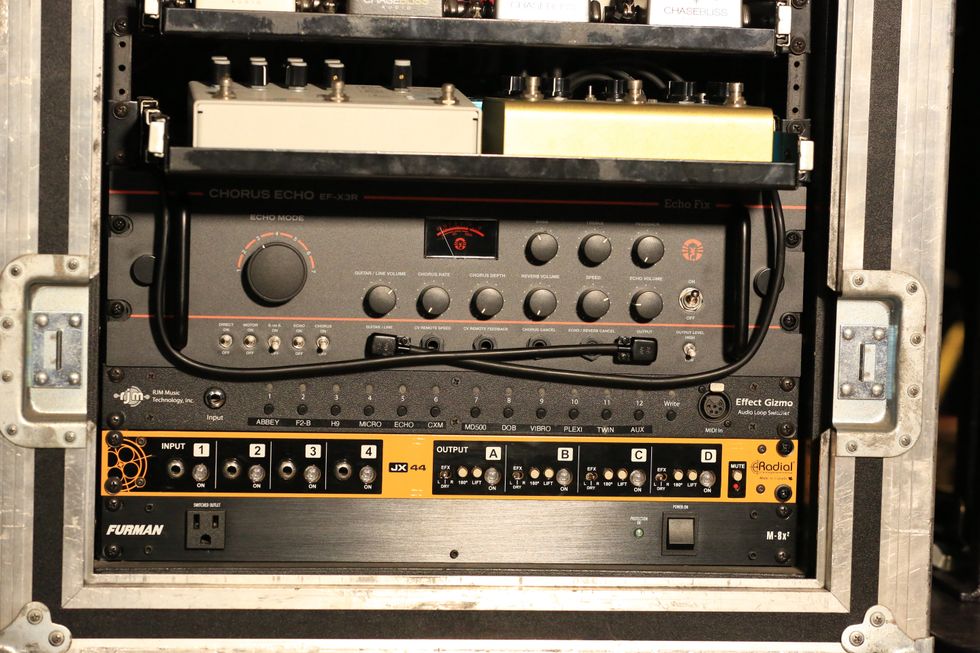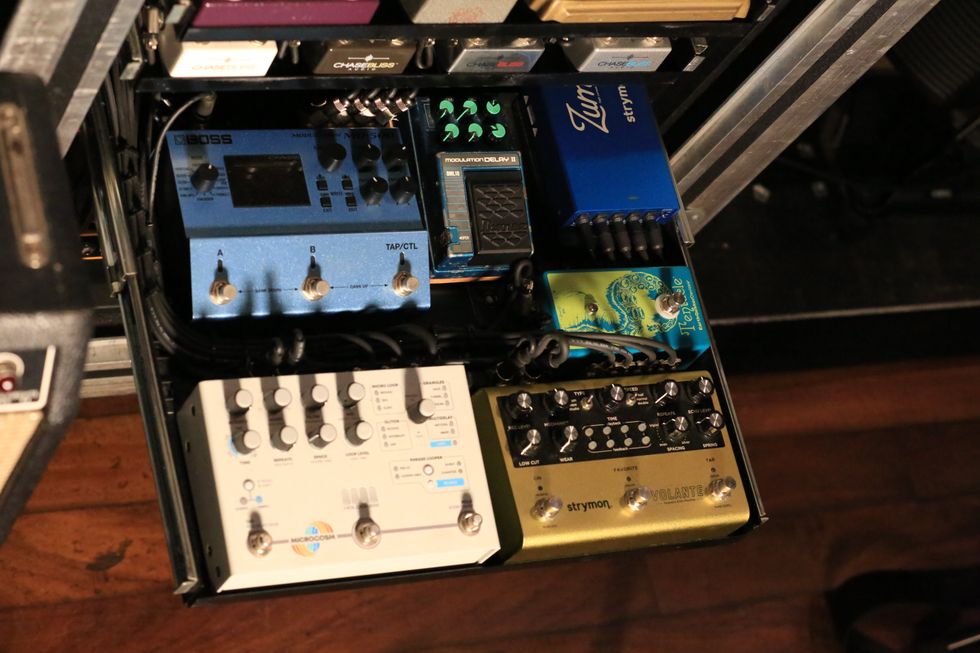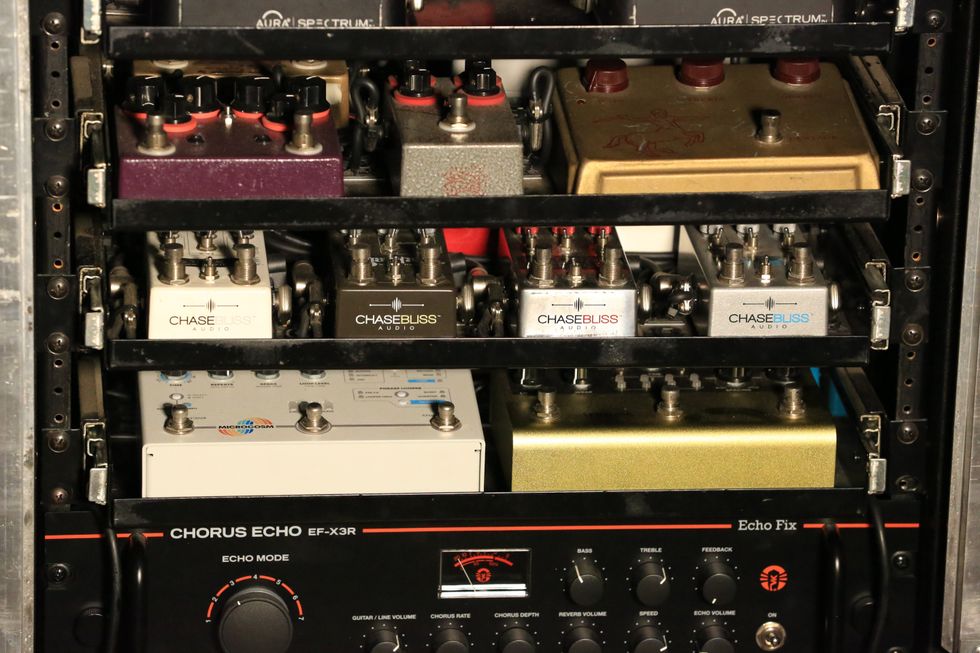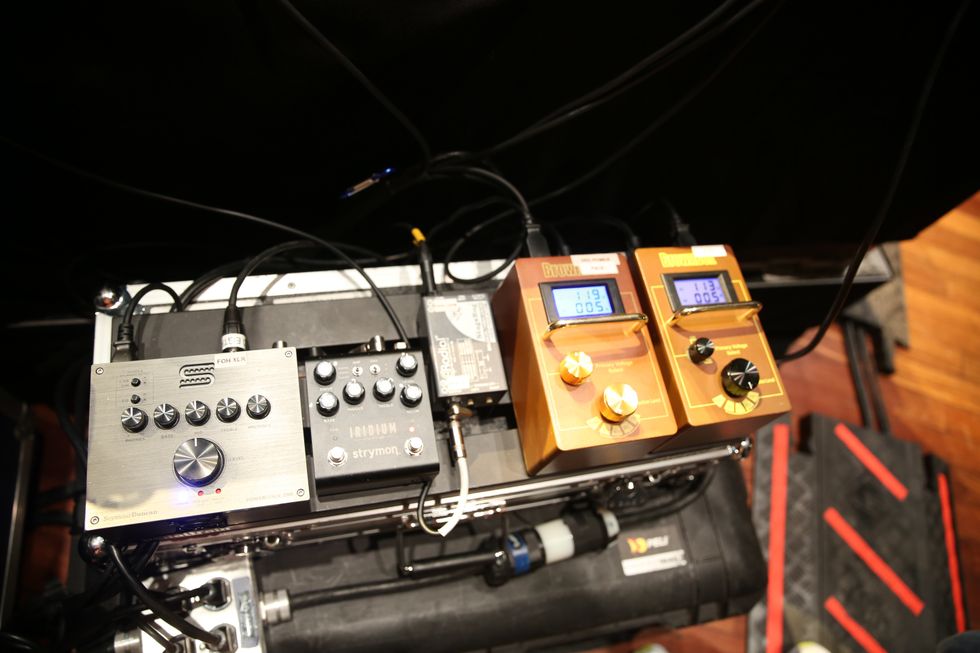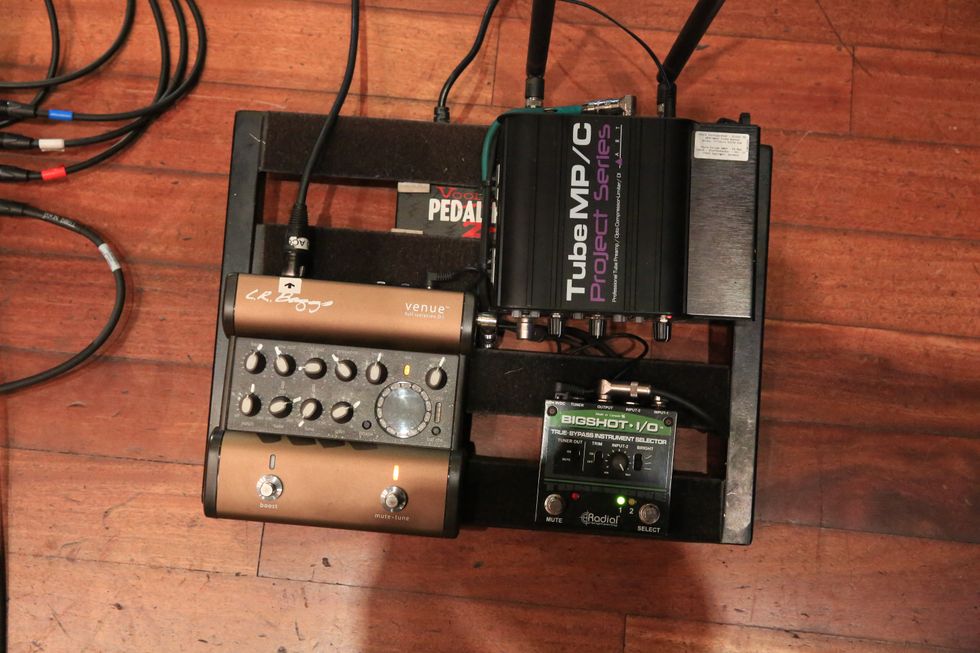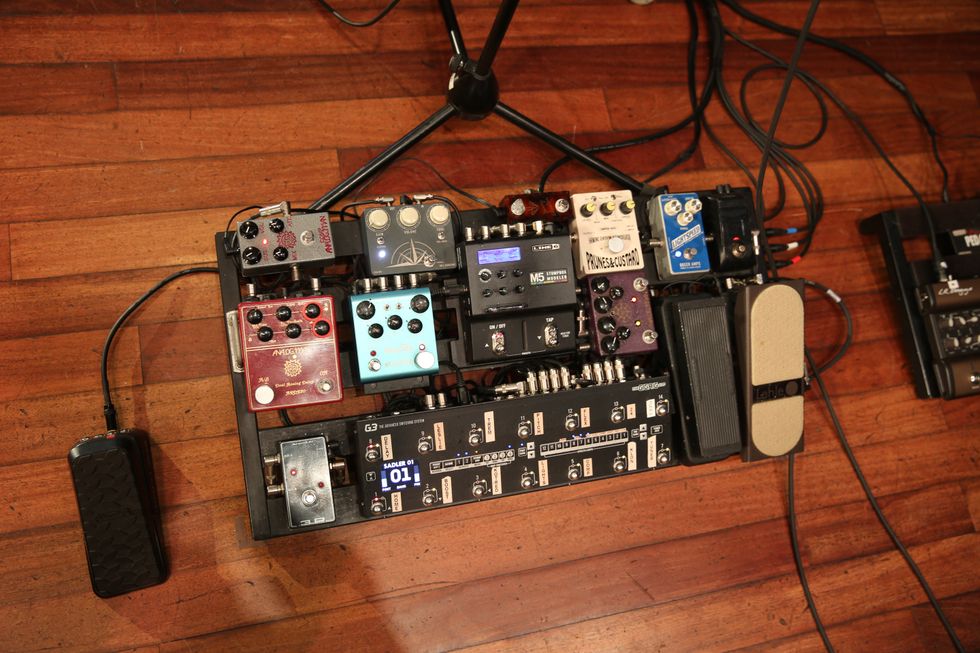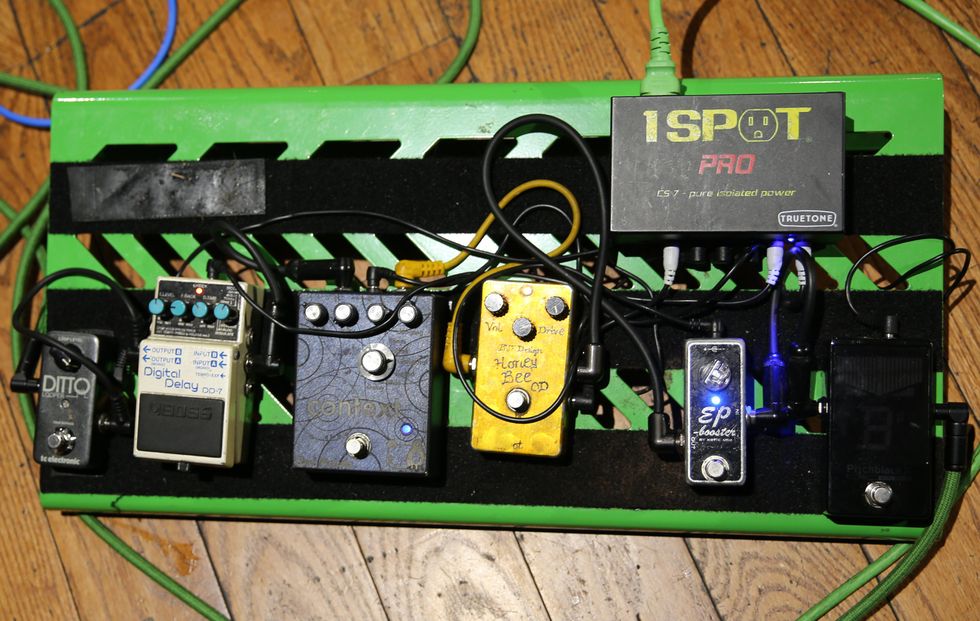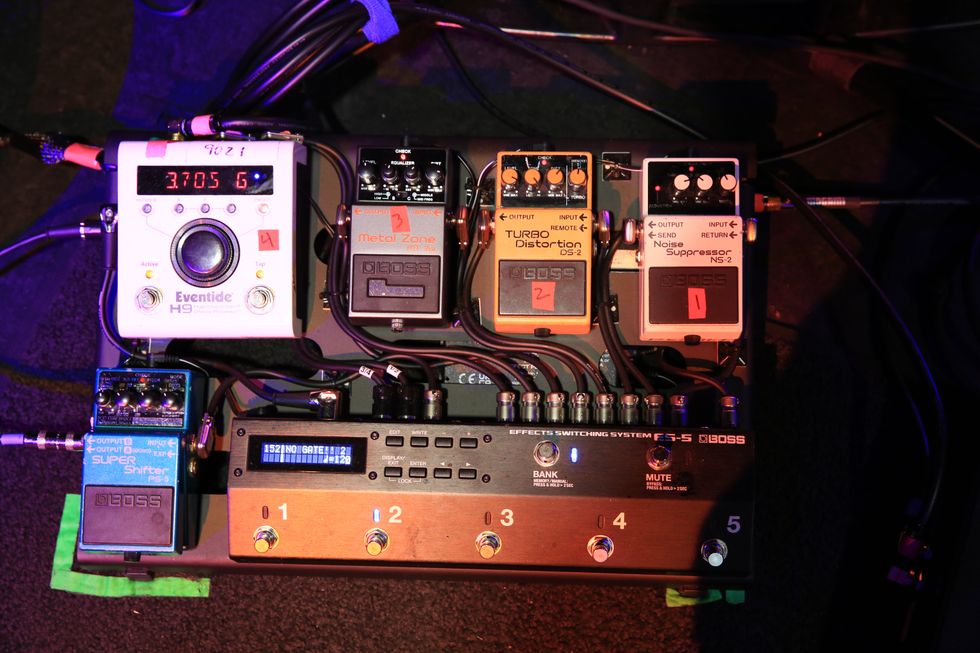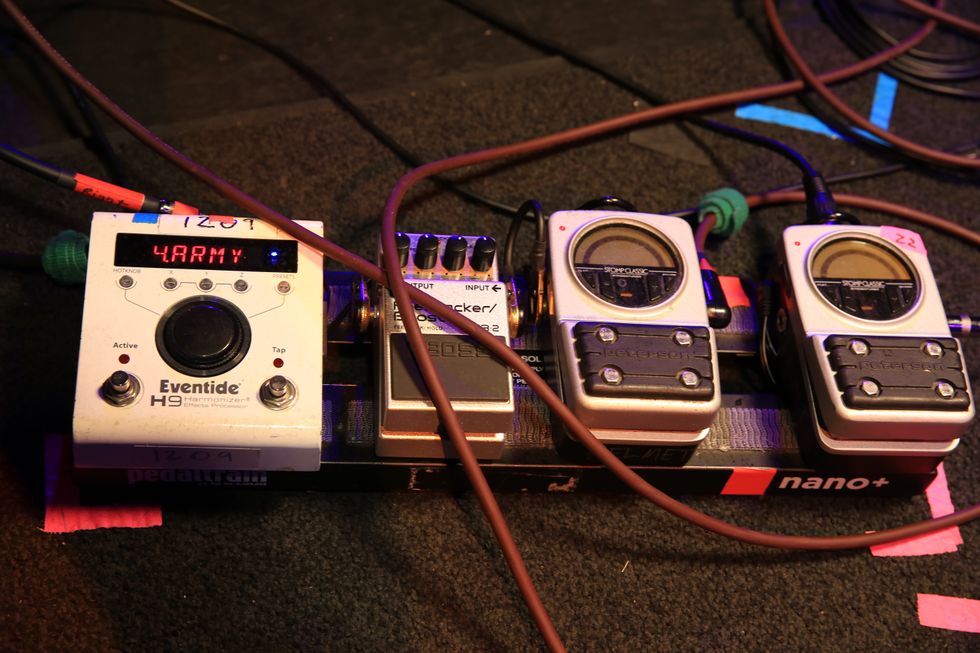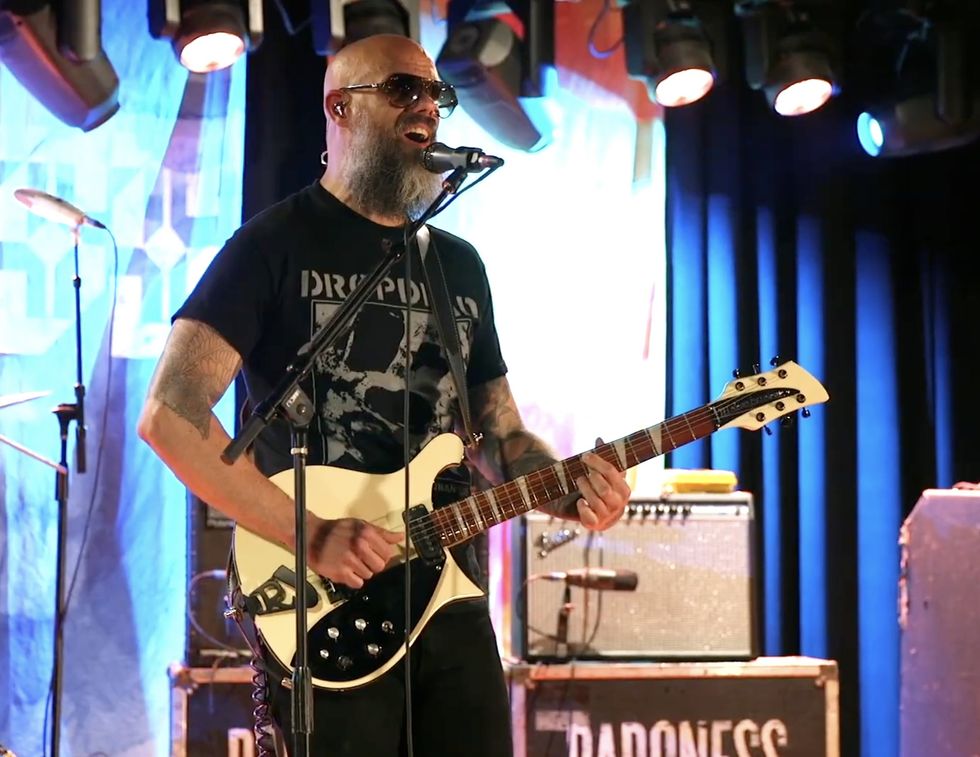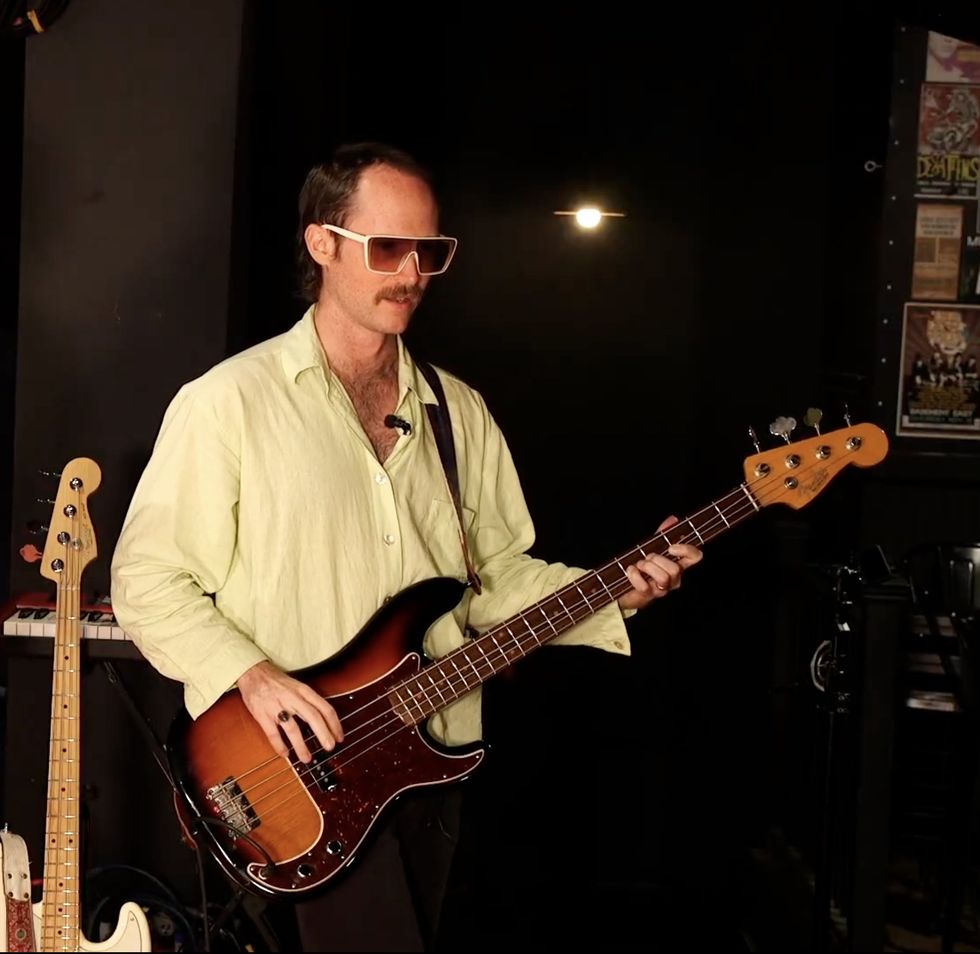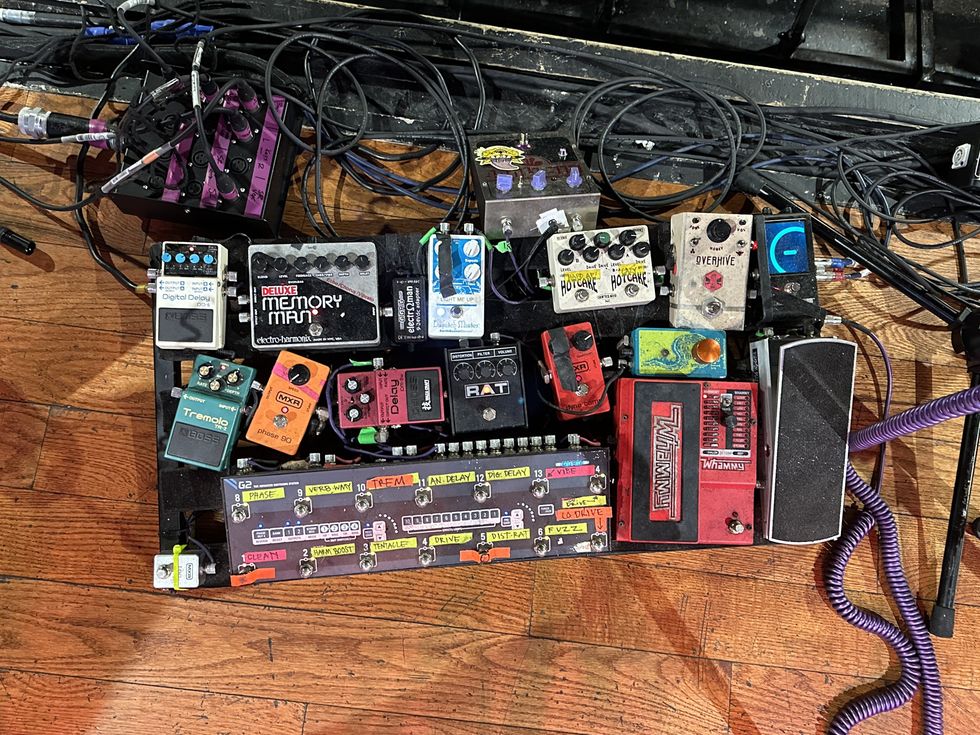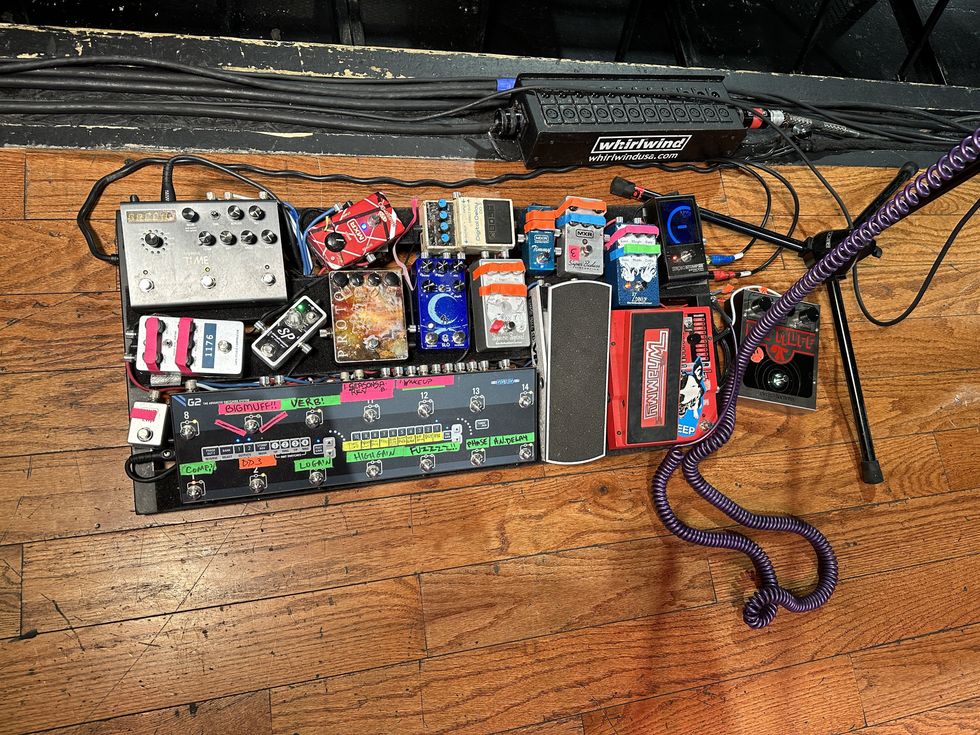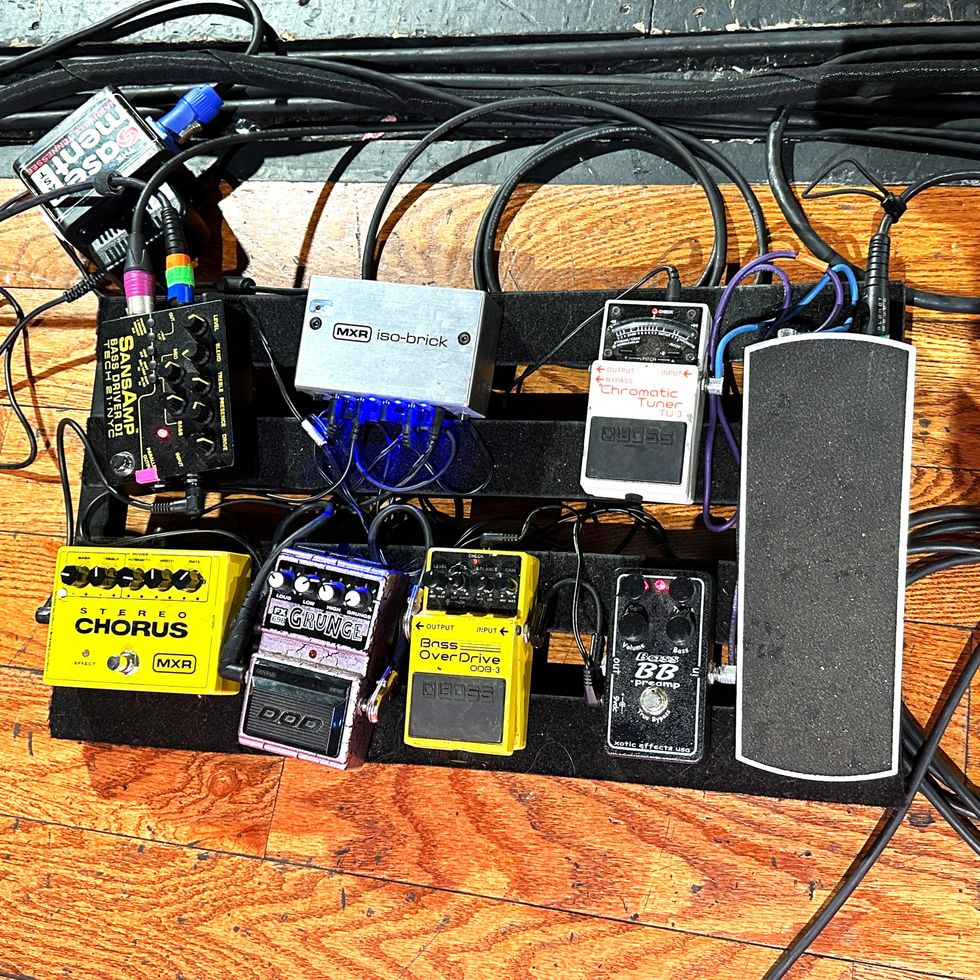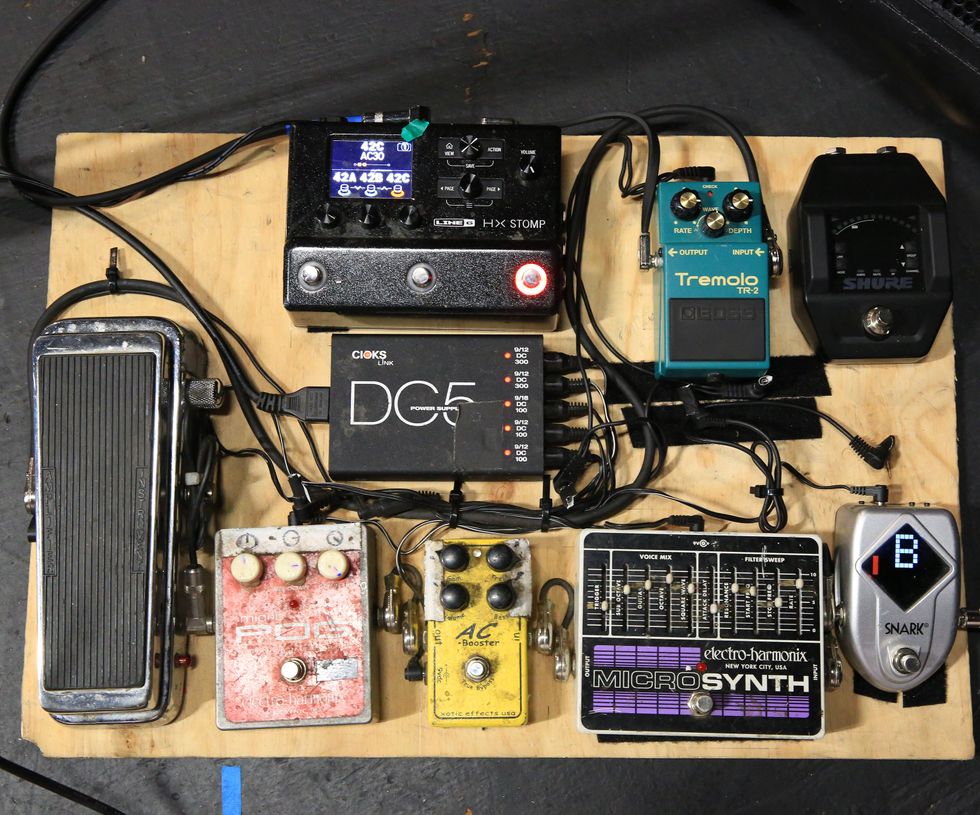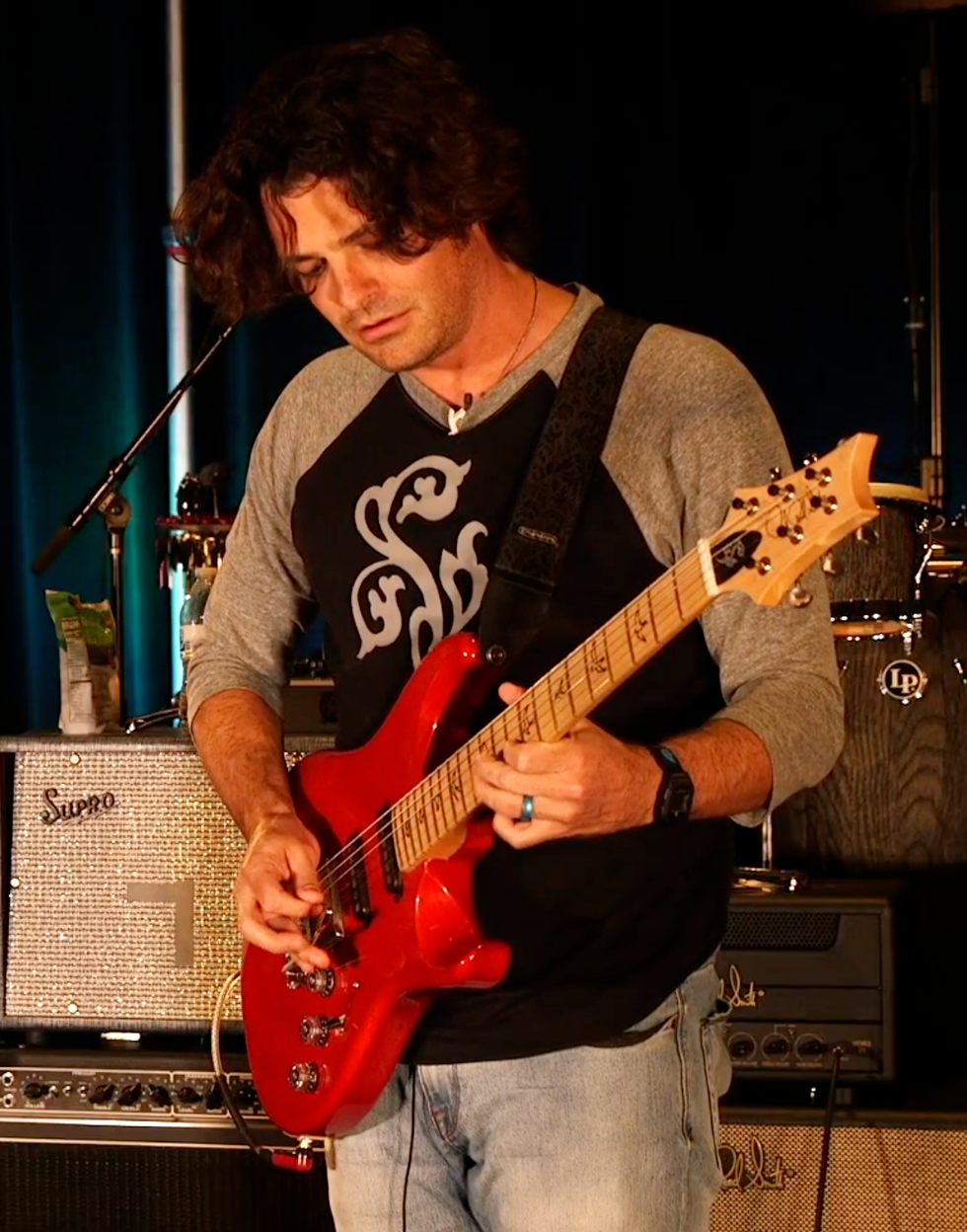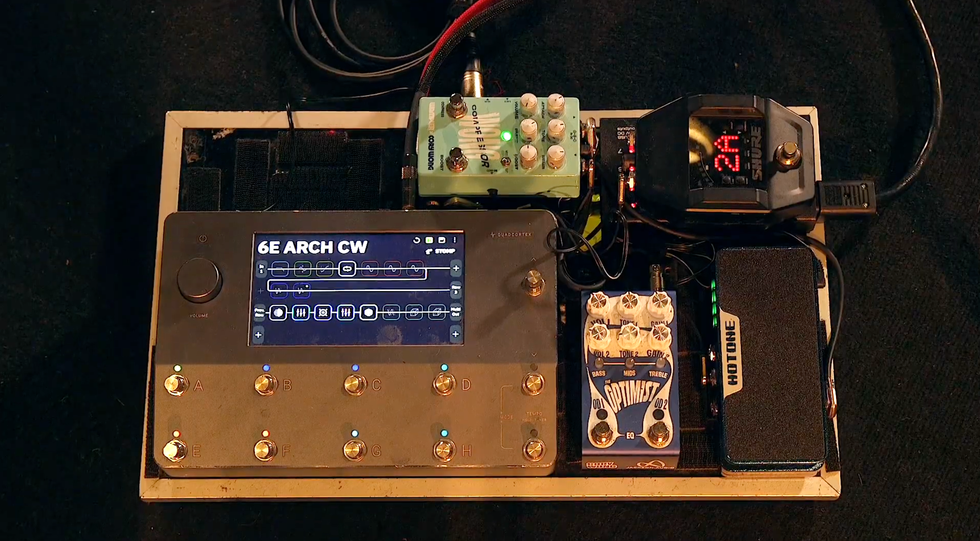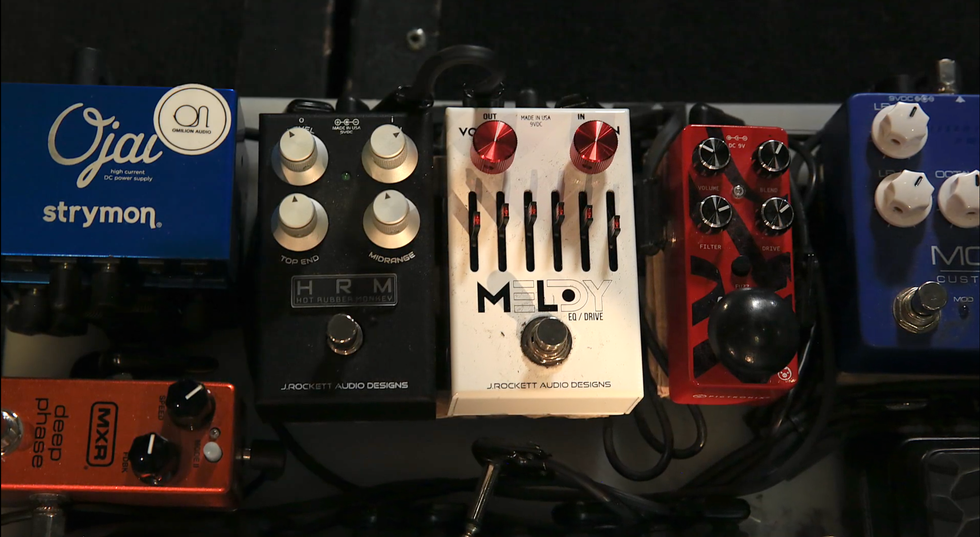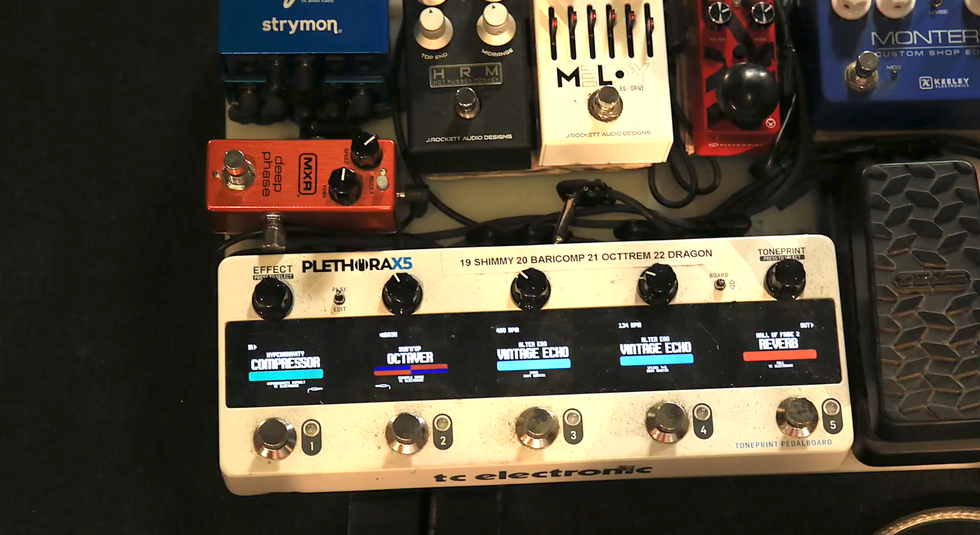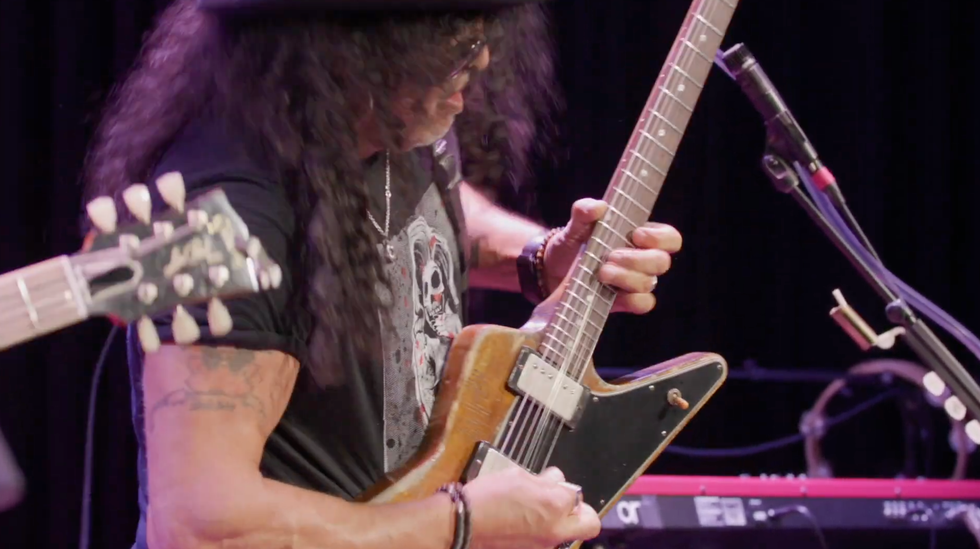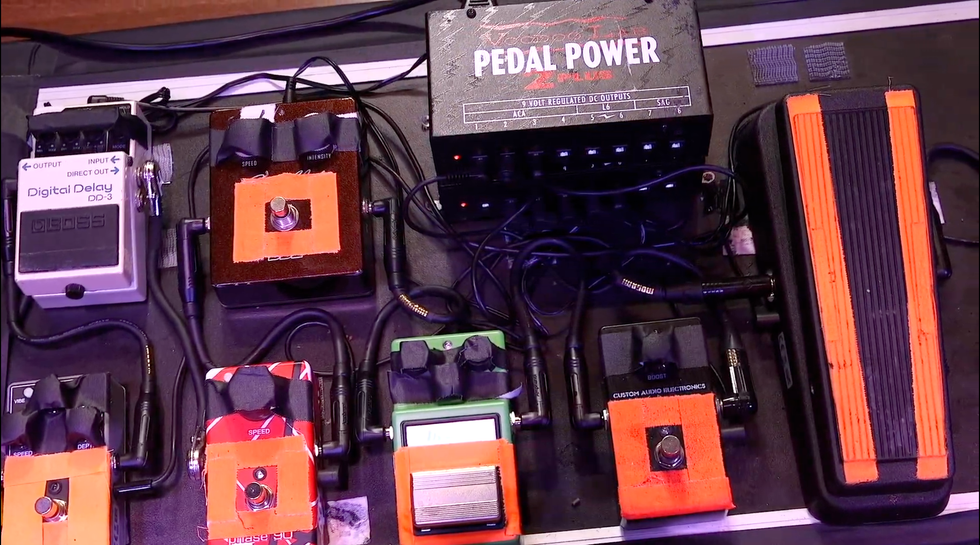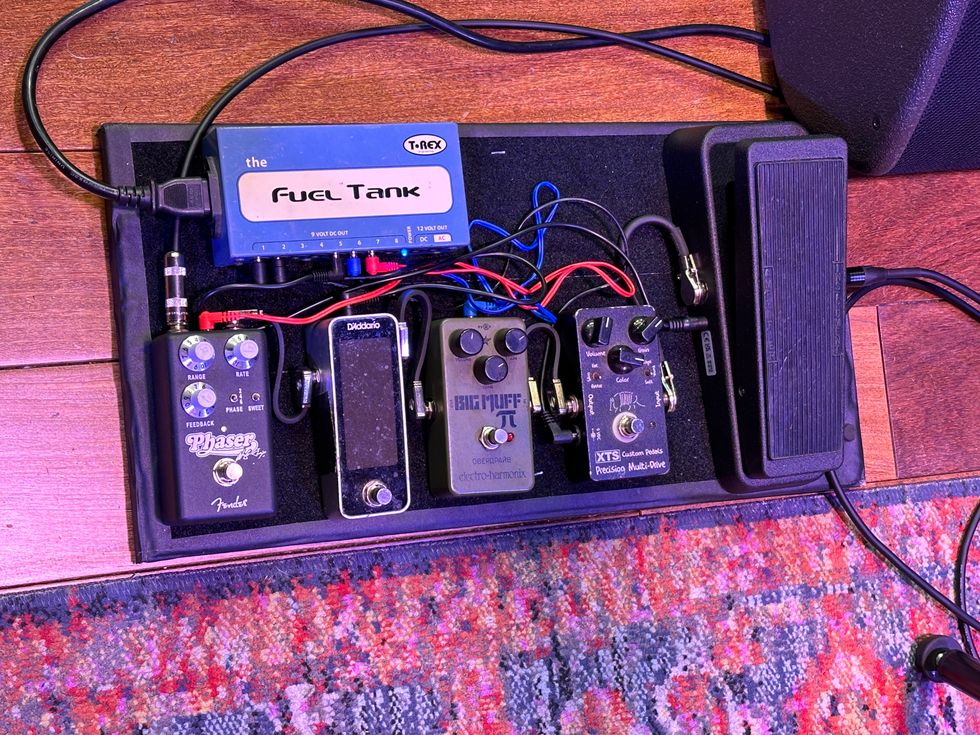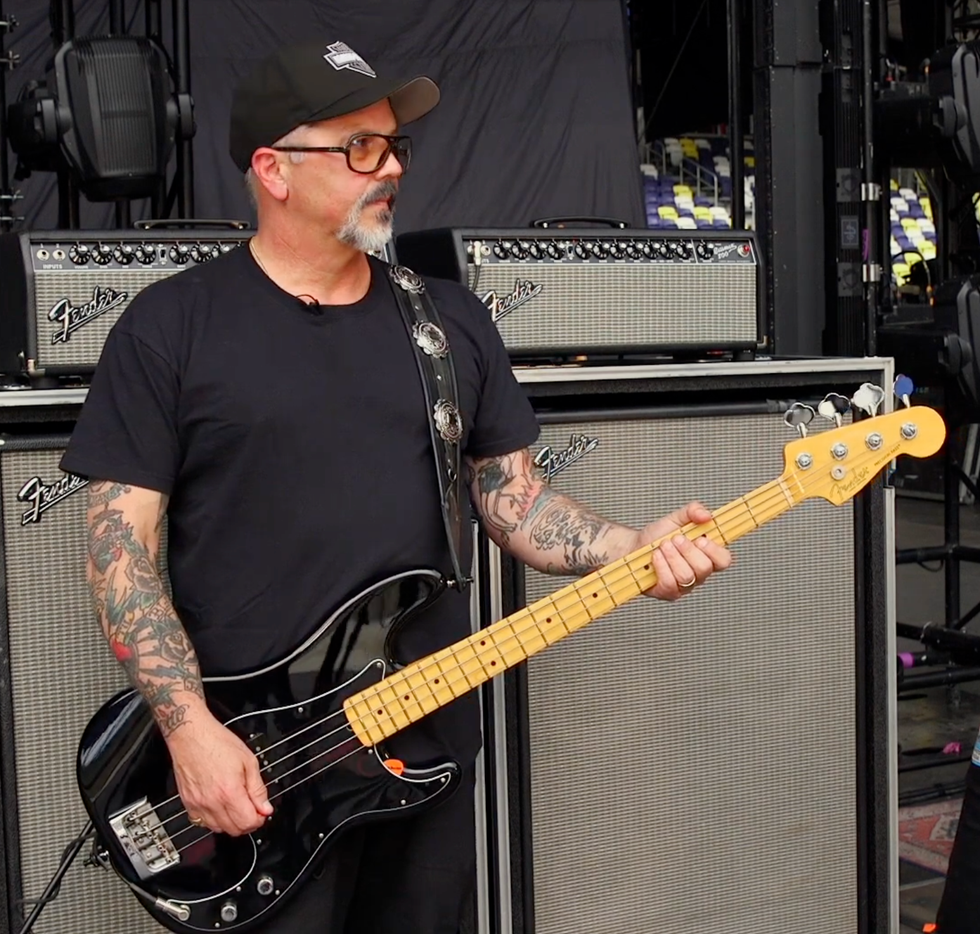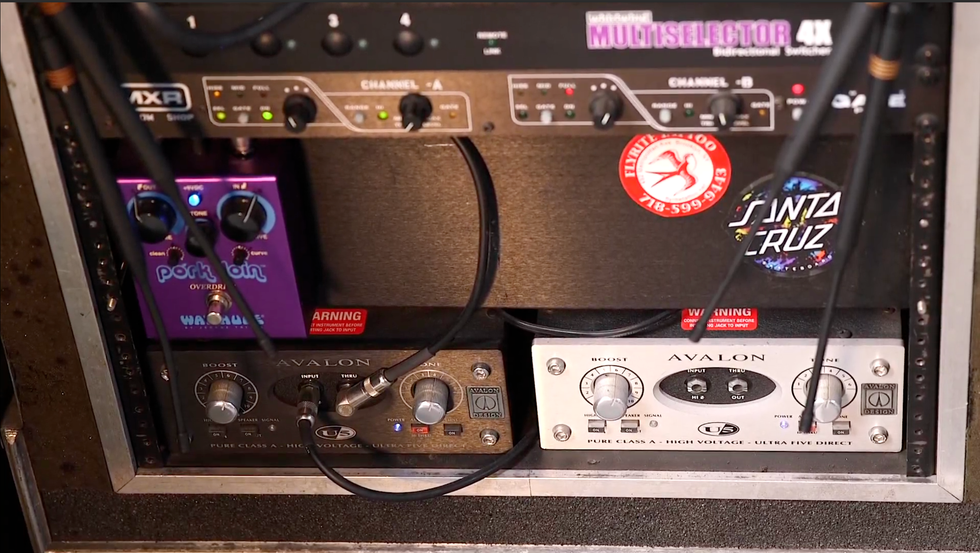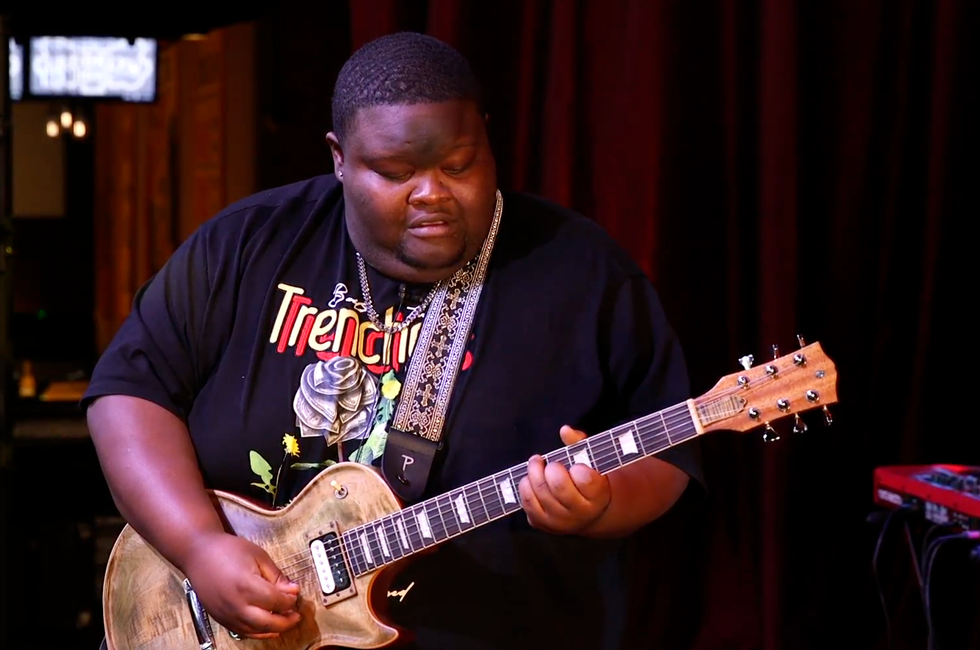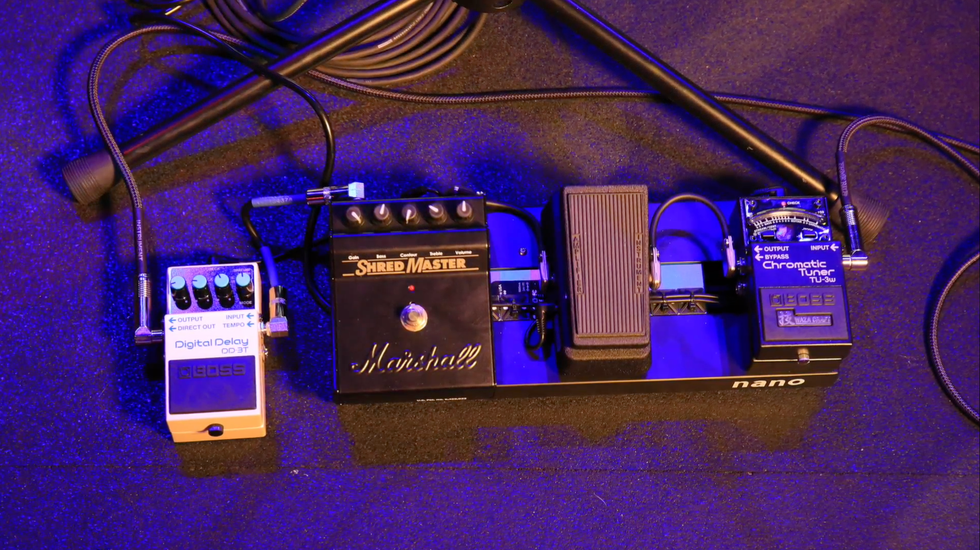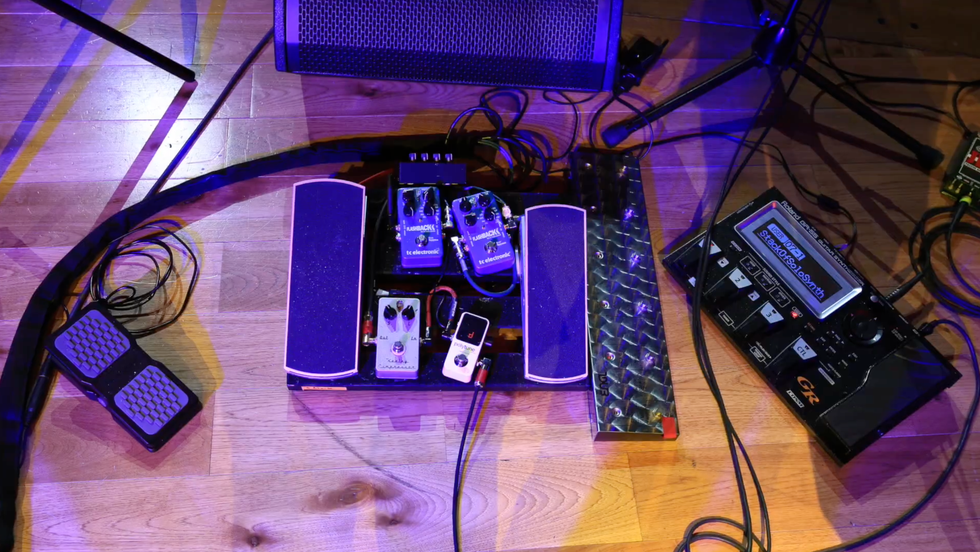Nazareth, PA (June 29, 2017) -- C.F. Martin & Co. (Martin Guitar) will introduce a re-imagined D-28, bringing forward the guitar’s unrivaled legacy with vintage appointments and a new neck profile for comfort and modern playability. Additionally, Martin will debut four custom signature edition models, including the newest Ed Sheeran LX1 and a Jason Isbell D-18. Also featured in the Summer NAMM lineup is a limited edition Art Deco model, the all new FSC Certified Model America 1 dreadnought, and several exciting series expansion models that are sure to delight guitar enthusiasts worldwide. Martin will now offer the LR Baggs Anthem pickup system in select standard series models. Further details on all of the new Martin Guitar models that will be featured at 2017 Summer NAMM are below and at www.martinguitar.com/new.
STANDARD SERIES
D-28 (2017)
Sometimes innovation is in the details and this is certainly true with Martin’s re-imagined D-28. After nearly a century at the helm, and as the quintessential workhorse of music legends like Hank Williams, The Beatles, Johnny Cash, Neil Young, Bob Dylan, and so many more, Martin's legendary D-28 has been lovingly and artfully enhanced. “The post WWII D-28 had a slightly different look than its predecessor and became the centerpiece of the folk and folk rock movements at their pinnacle in the 1950s and 1960s." says Chris Martin, Chairman and CEO of Martin Guitar, "We have extracted the finest features from the D-28 of both my grandfather’s and my father’s respective eras.” The all new D-28 blends the rich history of the guitar with Martin’s newest and most heralded innovations. The 184 year old guitar maker has combined vintage appointments, including open gear tuners, an aged toner top, antique white accents, and a faux tortoise pickguard with a new neck profile to give D-28 enthusiasts a modern feel and comfortable playing experience. Martin has also added forward-shifted bracing to allow greater vibration of the top. The legend just got better! (MSRP: $3,299)
Model America 1
This limited edition Made in the USA dreadnought is based on Martin’s legendary D-18. This guitar features all United States sourced woods, including sycamore back and sides, a cherry neck, black walnut fingerboard, headplate and bridge, as well as an Adirondack spruce top and bracing. The tuning gears are also made in the USA by Sperzel. (MSRP: $3,499)
CUSTOM SIGNATURE EDITIONS
Ed Sheeran ÷ (Divide) Signature Edition
Ed Sheeran and Martin Guitar have joined forces, once again, to deliver the third in a series of Ed Sheeran Signature Edition guitars. The newest installment celebrates Sheeran’s long-awaited, third album ÷ (Divide). Sheeran’s newest signature model stays true to his love for Martin’s LX1E Little Martin, which offers unparalleled tone from a small body guitar, and continues with his mathematical-themed album cover art which adorns the guitar’s headstock and the solid Sitka spruce wood top. The guitar also features a matching blue rosette, around the soundhole, and is constructed with mahogany high pressure laminate (HPL) back and sides. The model comes stage-ready, equipped with Fishman Sonitone electronics, SP Acoustic strings and a padded gig bag. (MSRP: $699)
D-18 Jason Isbell
Jason Isbell worked with the Custom Shop at Martin Guitar to design his new Custom Signature Edition D-18 which is closely modeled after Martin’s Golden Era series. The model boasts a pre-aged Vintage Tone System (VTS) Adirondack spruce top; mahogany back and sides; and rear-shifted scalloped bracing which produces more natural volume and a clear powerful tone. Similar to Martin’s Authentic series guitars, it is constructed using hide glue which, unlike newer synthetic reproductions, dissolves into the grain of the wood and creates more resonance throughout the instrument. Isbell chose a thin finish and left off the pickguard - all design details that have one common goal – to make it loud. Mission Accomplished! Isbell also added a personal touch by including a custom inlay of one of his tattoos at the twelfth fret. (MSRP: $5,999)
D-Boak
Martin is proud to offer this Custom Signature Edition dreadnought featuring imprinted original “Inside Out” artwork by illustrator, luthier, musician and Martin archivist Dick Boak. In creating the artwork, Boak wanted to reveal and embellish the quintessential scalloped X-bracing of the Martin Dreadnought – the most beautiful and rarely seen internal structure of the company's flagship guitar. Personally signed and numbered in sequence, the D-Boak Dreadnought is crafted with a Sitka spruce soundboard, genuine mahogany back and sides, a modified low oval neck, simple dovetail neck joint, bone nut and saddle, and an ebony fingerboard and bridge. Tonally, the guitar is clear, projective and glassine. Anyone who has had the pleasure of working with Dick Boak over the past 40 years knows the impact that his creativity and love of guitars has made upon the company and the industry. This edition celebrates and shares his long and storied tenure at C. F. Martin & Co. (MSRP: $2,999)
D-18 RG
This Custom Signature Edition D-18, featuring imprinted original artwork by the talented Robert F. Goetzl, is a tribute to the Lakota Sioux Native American Tribe. The guitar features a single arrowhead inlay on the headplate, to symbolize a tool that was essential to the tribe’s early survival, along with four arrowheads on the fingerboard, each facing outward, to represent the four directions which were sacred to the Lakota Tribe. Martin will be donating a guitar to the Native American Heritage Association (www.naha-inc.org), a charitable organization whose mission is to provide food and other essentials to the people of Crow Creek and Pine Ridge Reservations in South Dakota. Pine Ridge has the lowest survival rate in the Western Hemisphere, second only to Haiti. The donated guitar will be auctioned off to raise much needed funds for the organization. (MSRP: $4,699)
LIMITED EDITIONS
SS-00LArt Deco-2017 Limited Edition
Unique 14 Fret Slope shoulder 00L guitar, limited to a run of thirty, is only available at Summer NAMM. It has a custom paper label signed by C.F. Martin IV and is the same size and shape as the popular CEO-7 model. The SS-00LArt Deco-2017 features a design motif in collaboration with luthier Bruce Petros in the form of wood purfling that extends around the top, back, and fingerboard. The purfling is laser cut from beautiful flamed maple. The top is Adirondack spruce with an antique toner and the guitar is further complimented with open gear Schaller Grandtune vintage copper tuners. (MSRP: $7,499)
15 SERIES
D-15M StreetMaster and 000-15M StreetMaster
Martin Guitar has expanded their popular solid mahogany 15 Series line with a respectful nod to the working musician. The StreetMaster models are built to the same specifications as the 000-15M and D-15M models but Martin has added a beautifully distressed satin finish. The StreetMasterTM is perfect for your next gig, whether it be at the historic Ryman Theater or a day of busking in the big city. Enjoy the look and feel of a well-worn instrument with the lifetime warranty and the superb playability of a brand new guitar. The 15 Series StreetMaster models come with a gig bag, making them ready to hit the streets. (MSRP: $1,799)
16 SERIES
GPC-16E
Martin has expanded their popular 16 series with the addition of the GPC-16E. Each model in the 16 series is designed with the tone wood that best compliments the body size and shape of that particular model. With the new GPC-16E, which is a Grand Performance size with the depth of a 000, Martin selected solid koa back and sides to enhance the easy, natural resonance of this guitar, making it great for recording. (MSRP: $2,999)
X SERIES
0X2MAE
Designed for those that have fallen in love with the look of Martin’s 15 Series solid mahogany guitars, this small bodied X Series version features mahogany high-pressure laminate (HPL) top, back and sides, a herringbone applied rosette, a high performance neck and a Forestry Stewardship Council (FSC) Certified Richlite fingerboard and bridge. This guitar is road ready and built to last. ($729)
For more information:
Martin Guitar
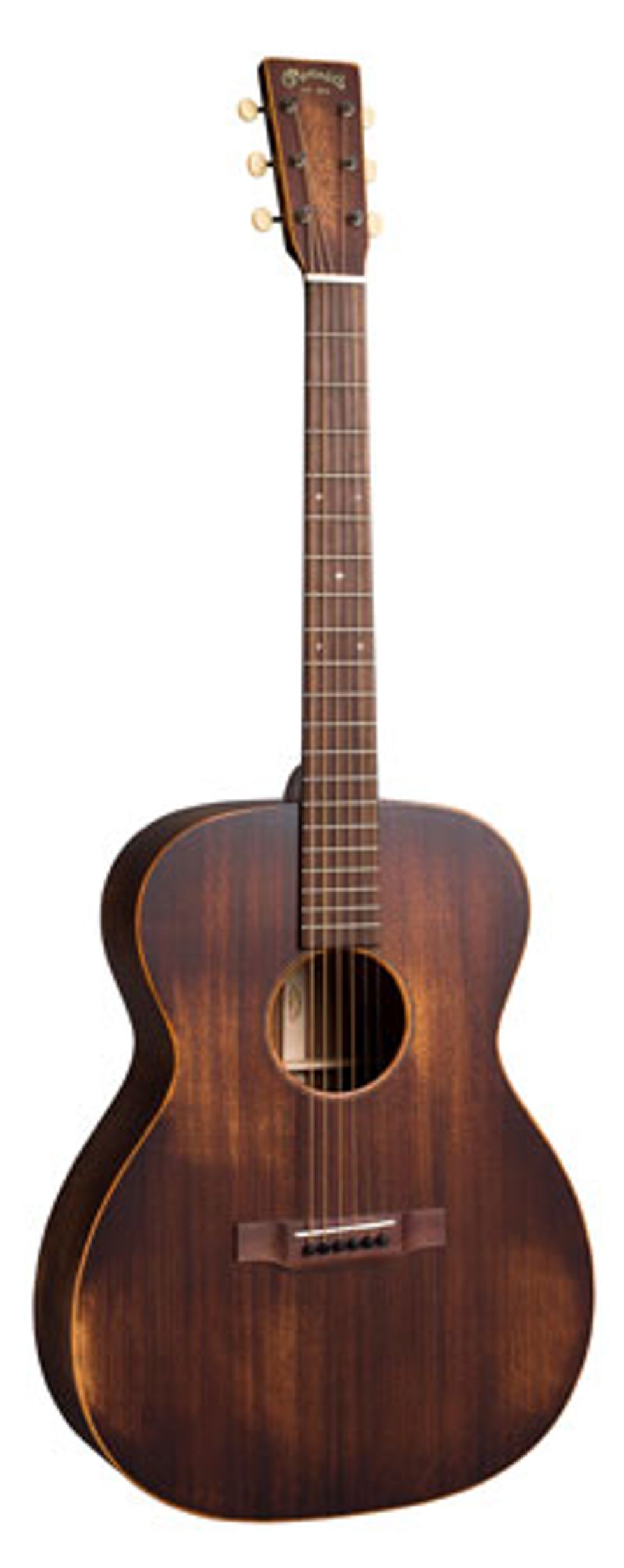
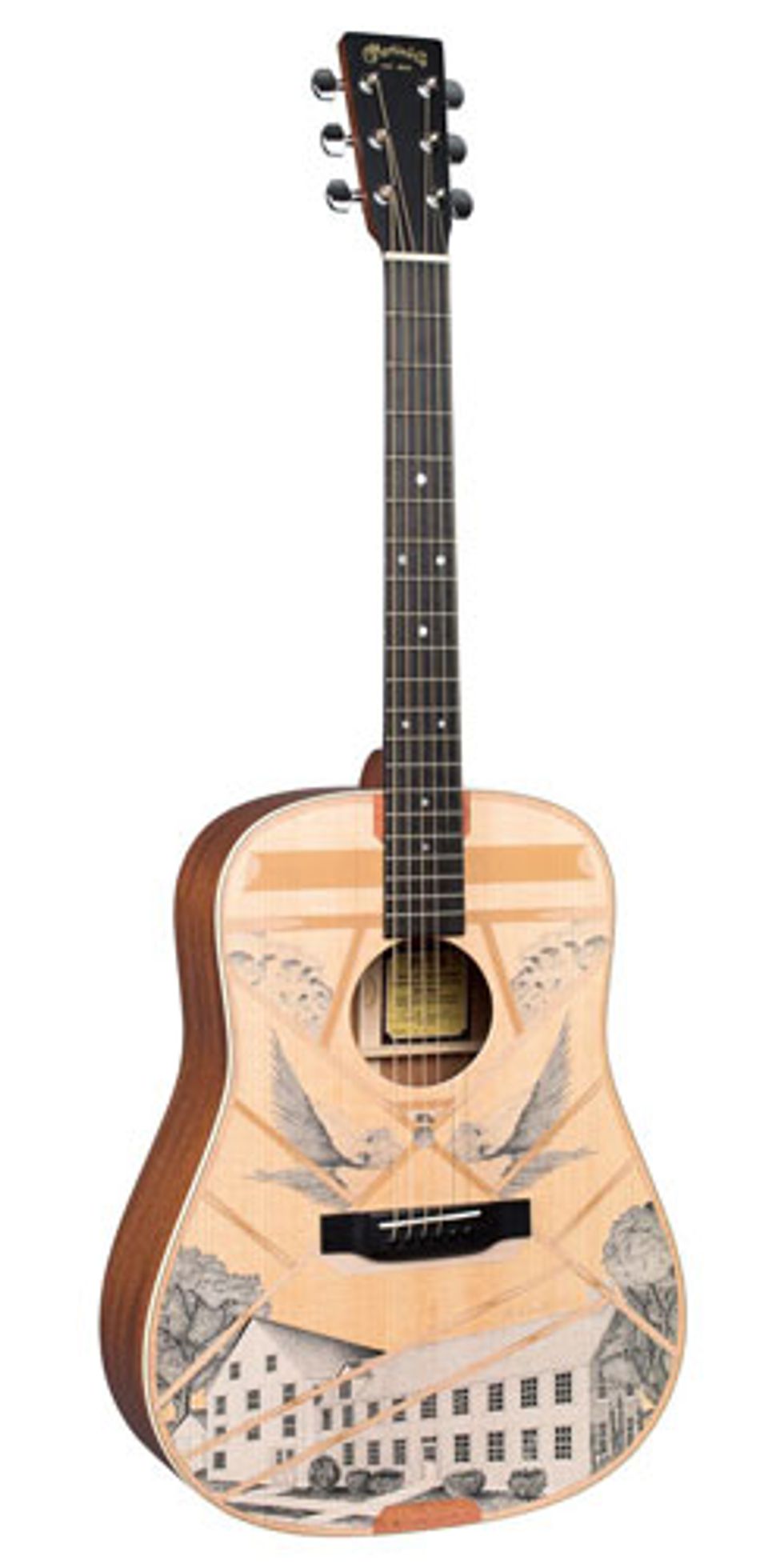
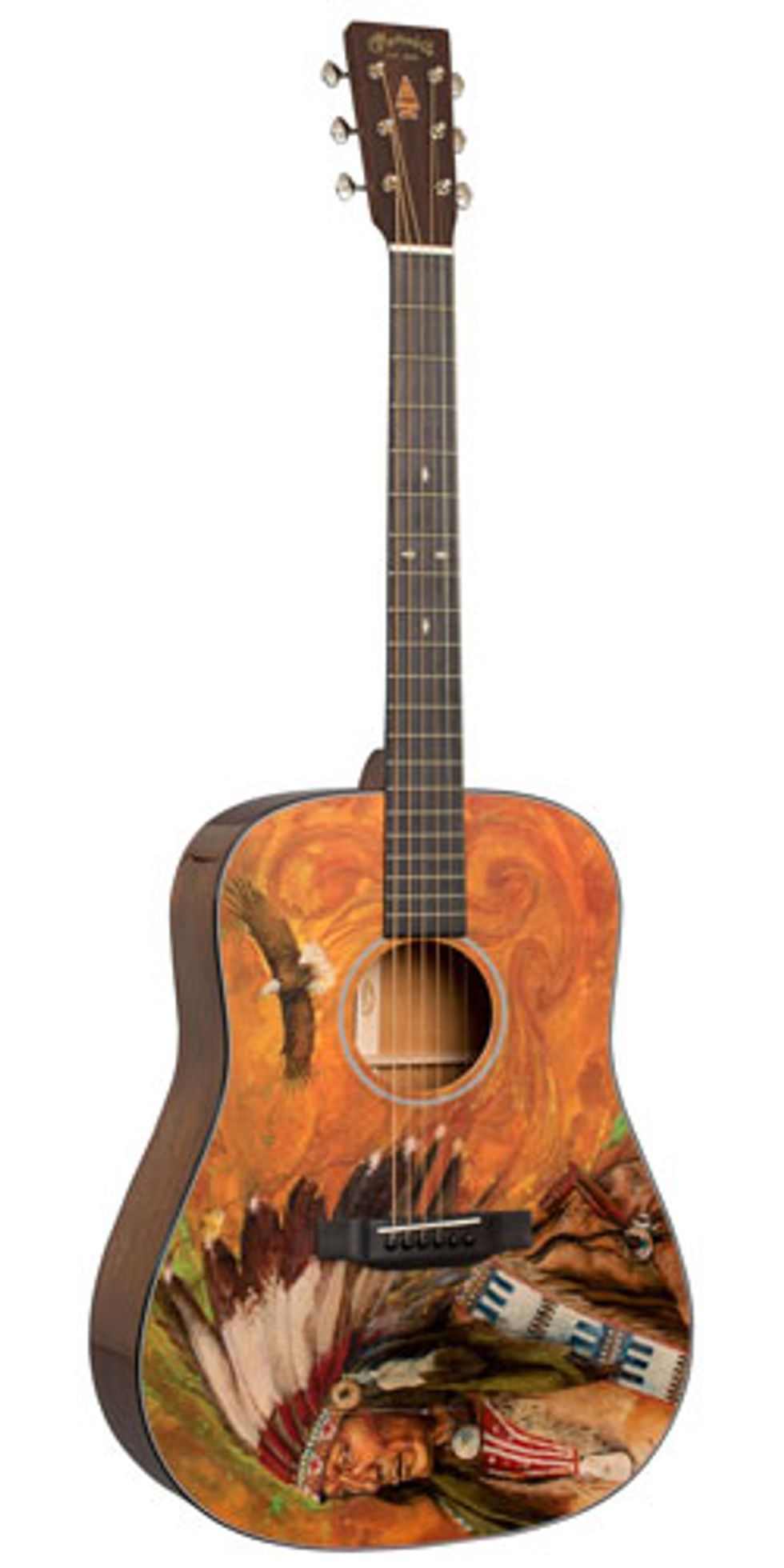
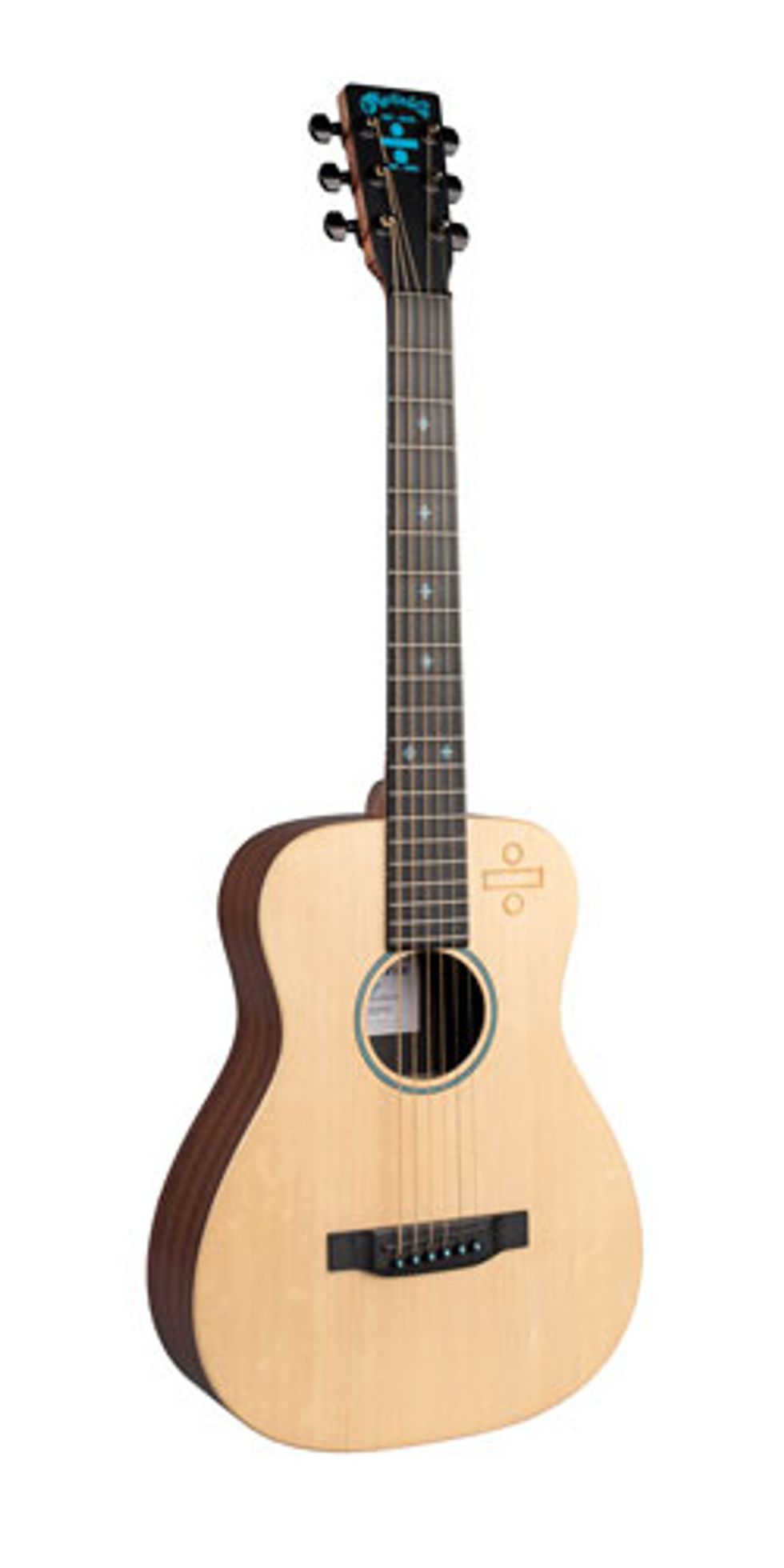

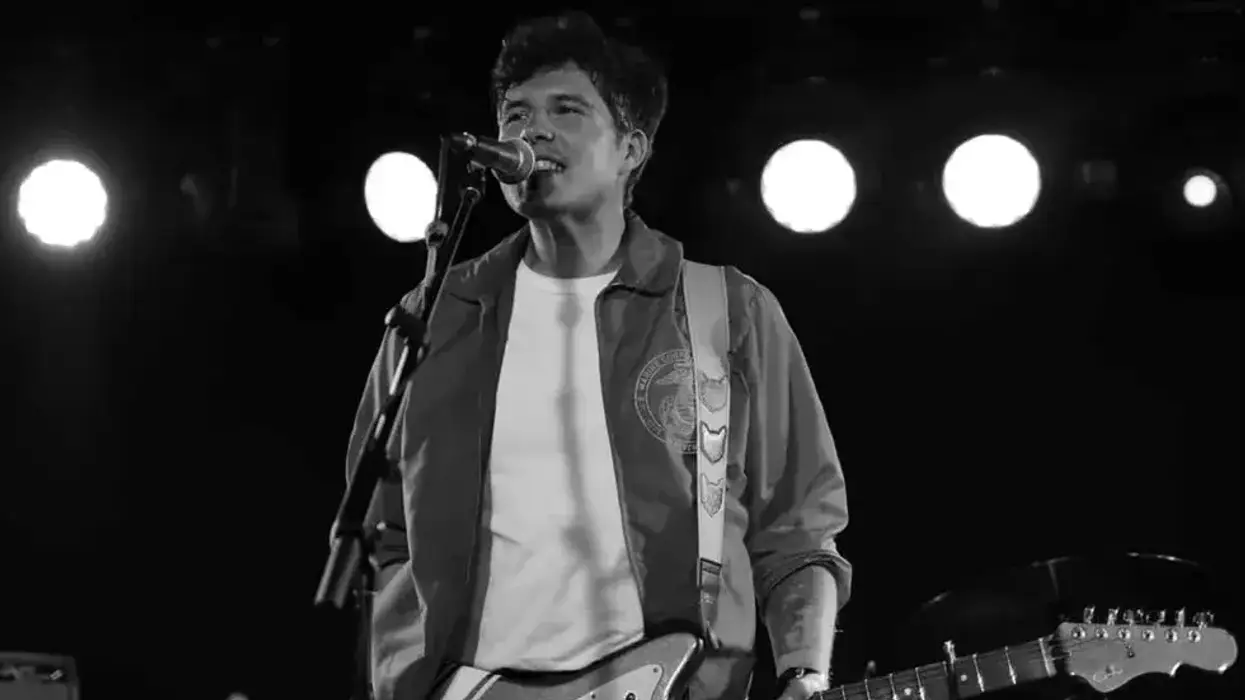

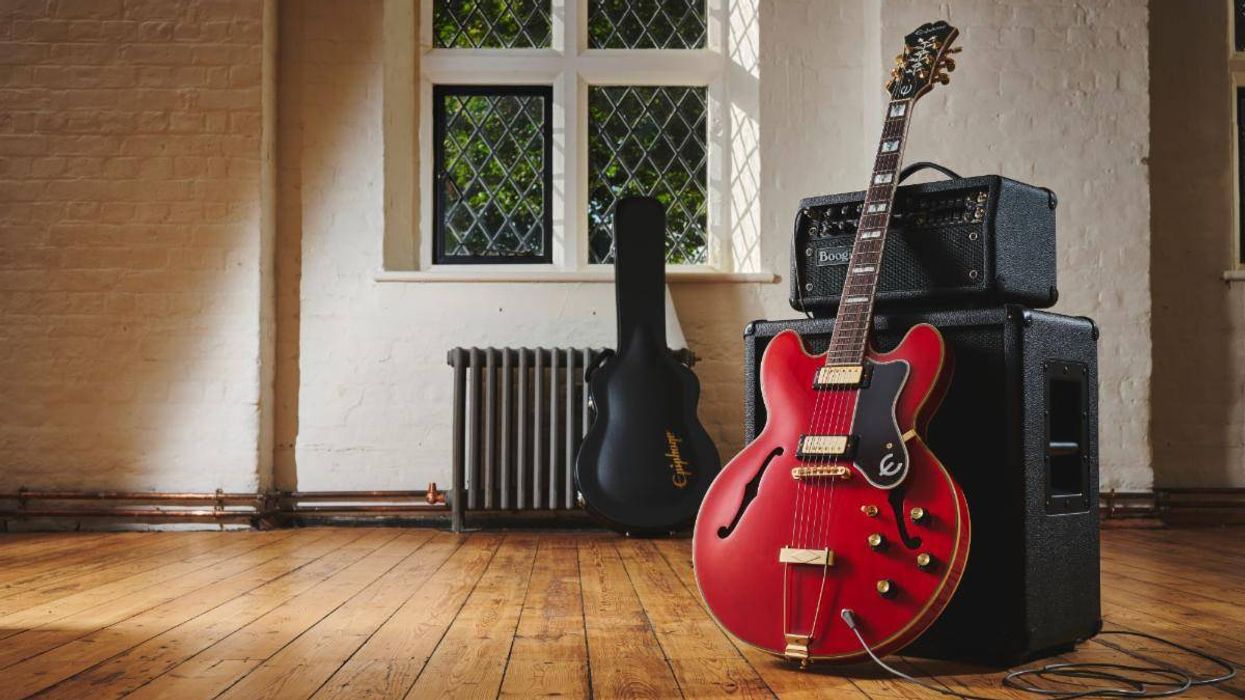



![Devon Eisenbarger [Katy Perry] Rig Rundown](https://www.premierguitar.com/media-library/youtube.jpg?id=61774583&width=1245&height=700&quality=70&coordinates=0%2C0%2C0%2C0)




















